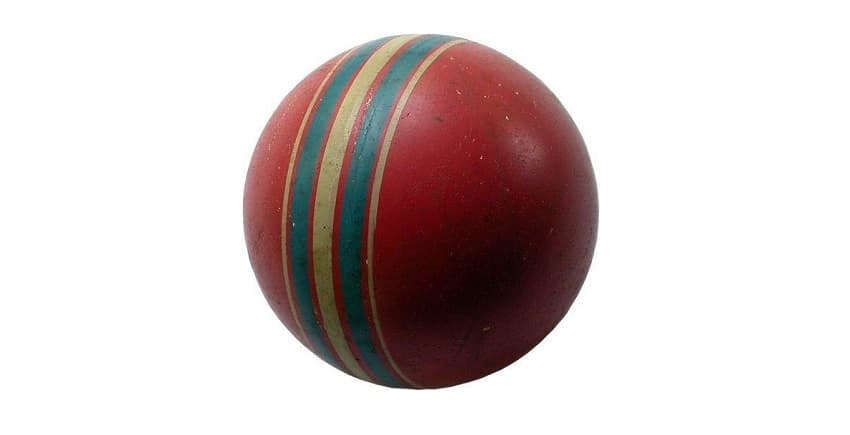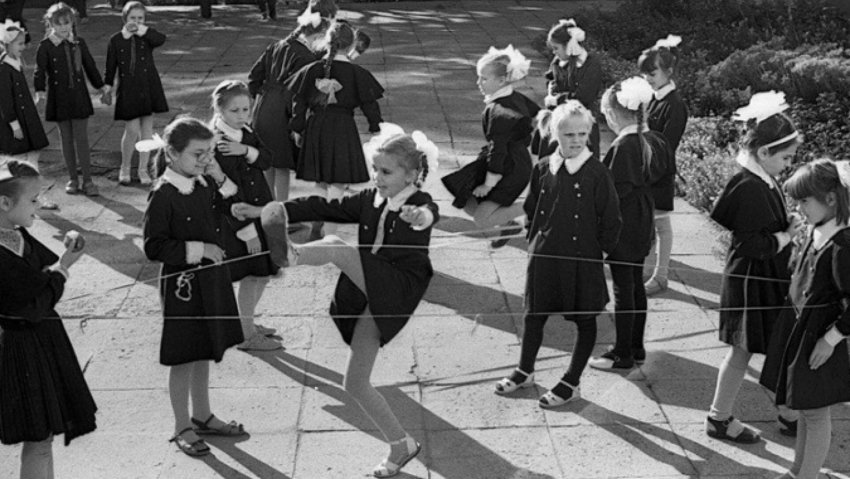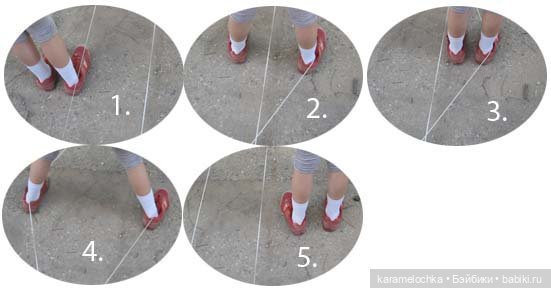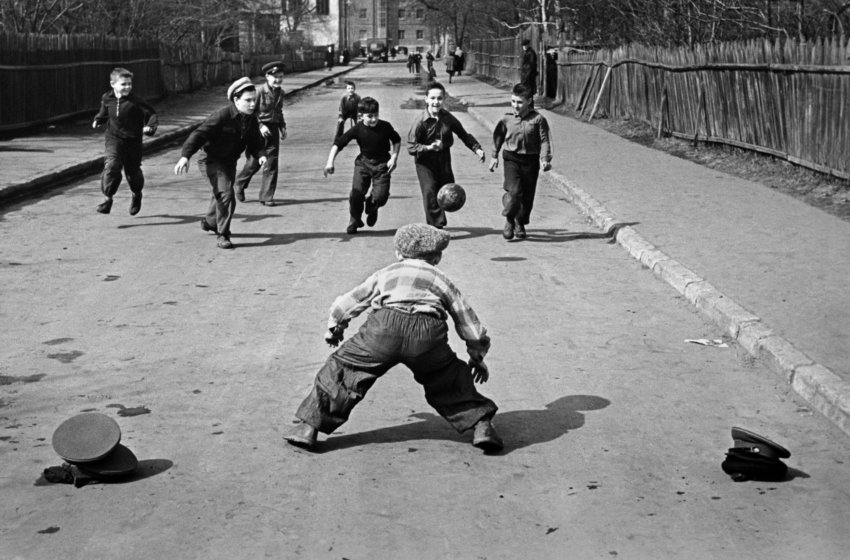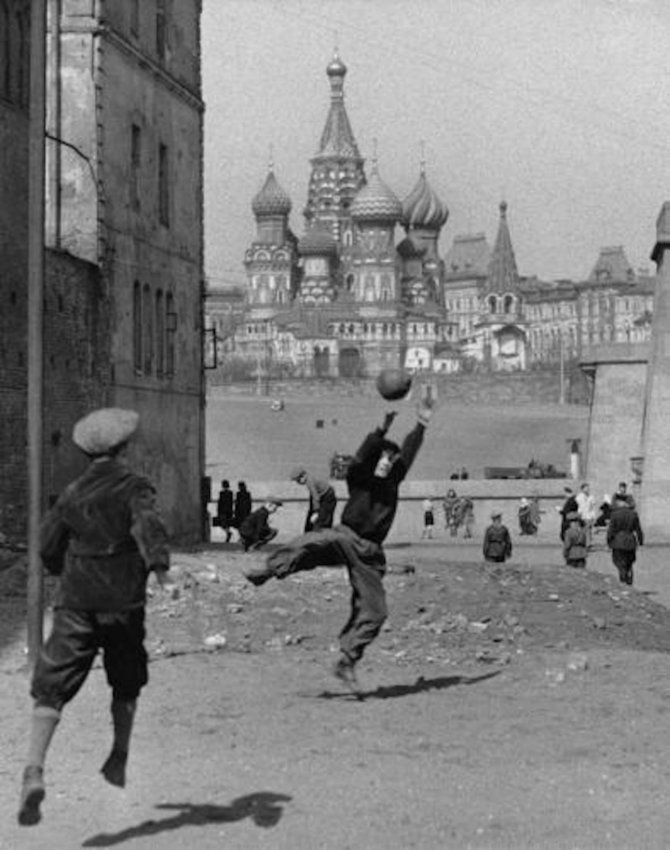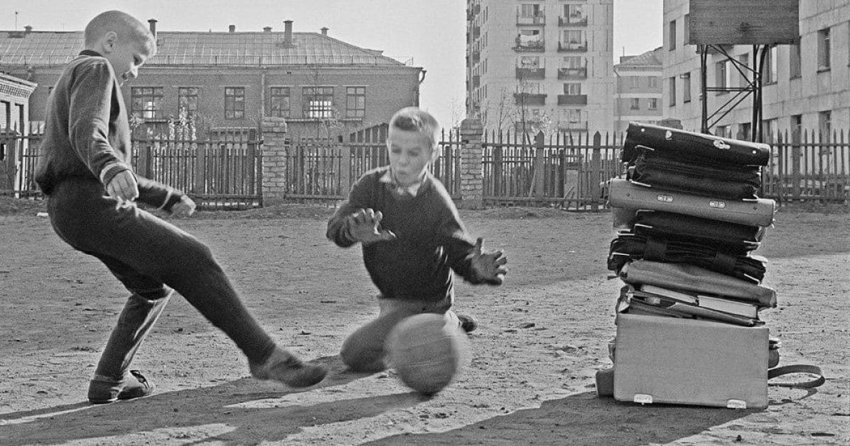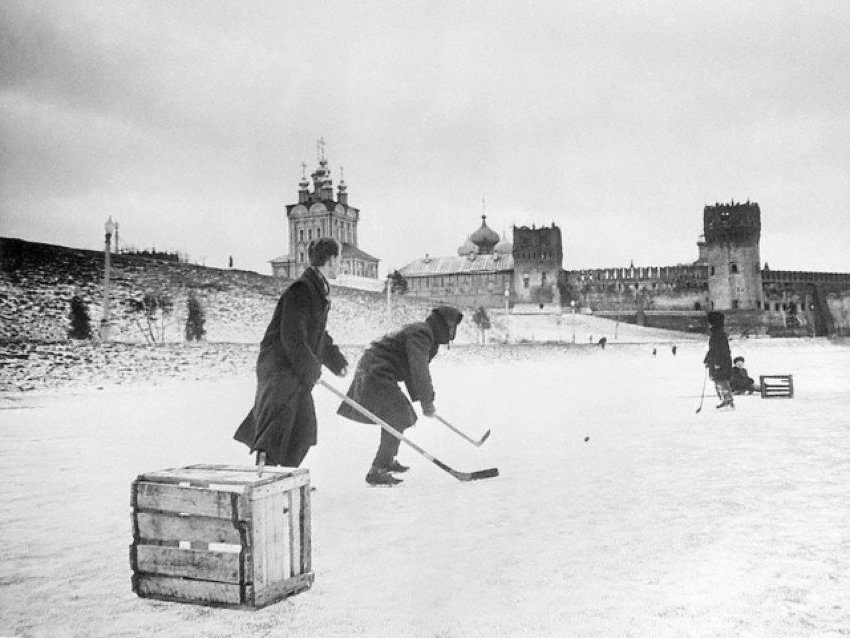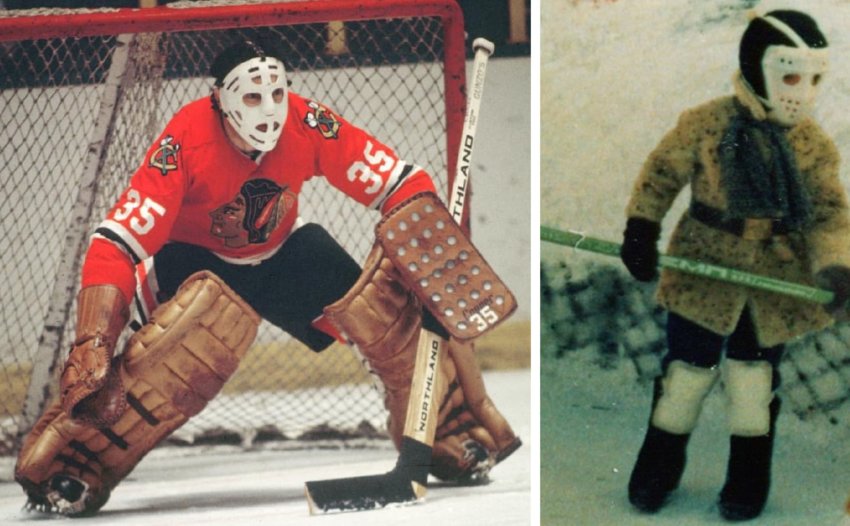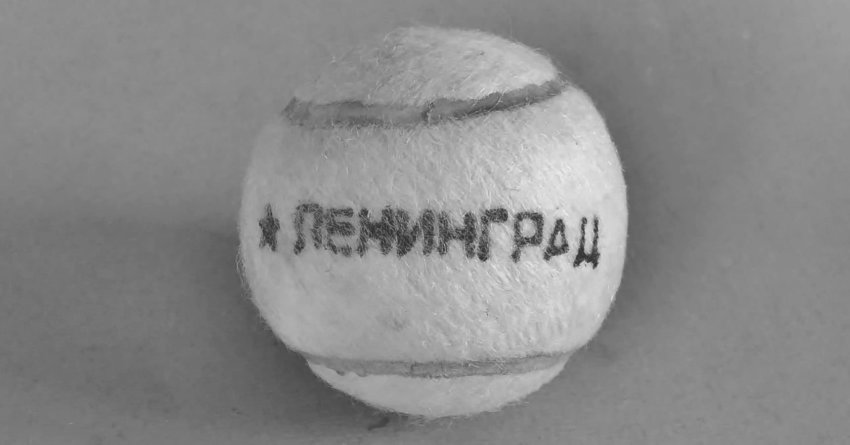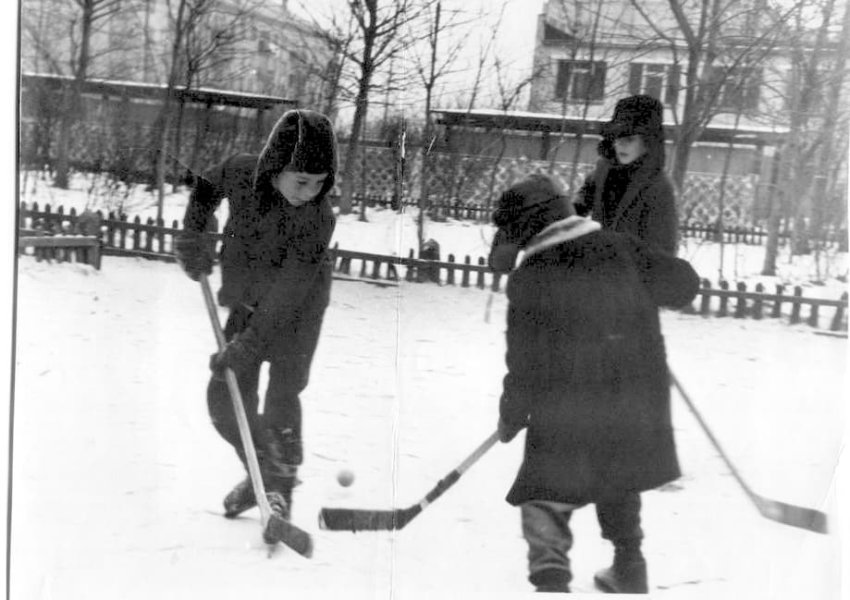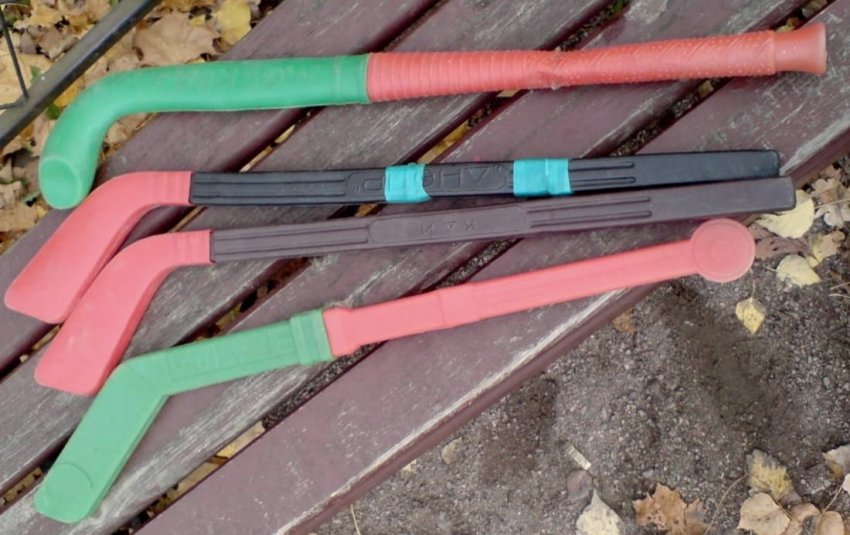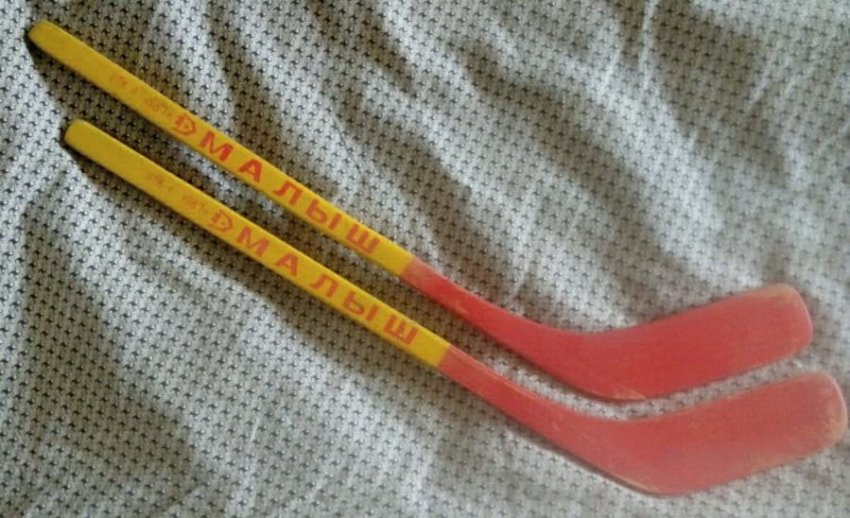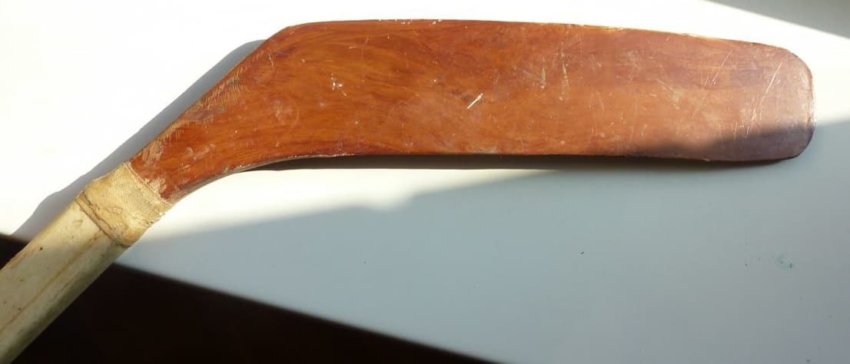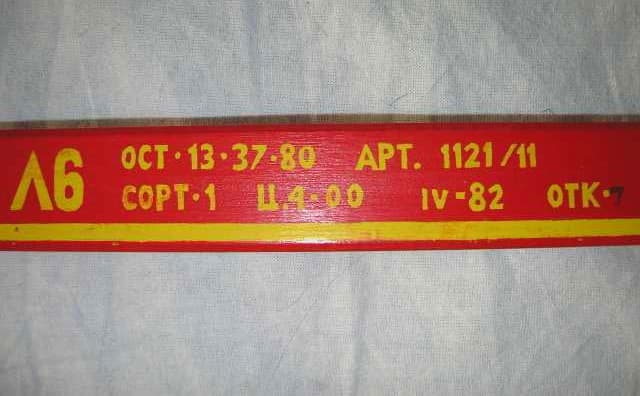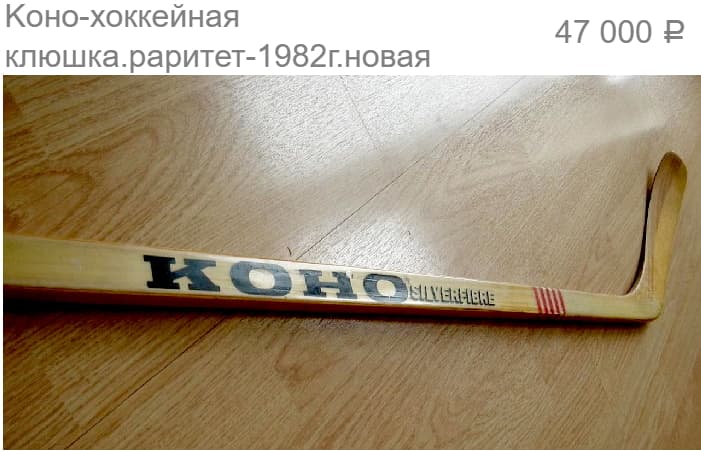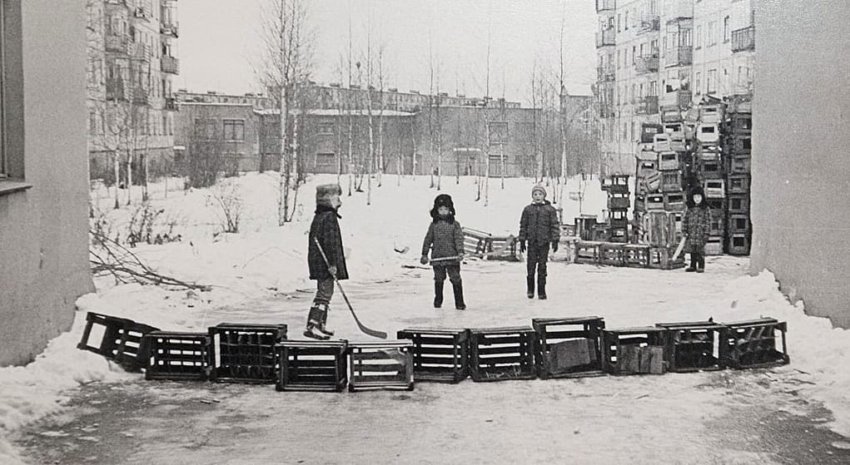Russian kids games of Soviet era childhood — this is not only a list of games, but also a detailed instruction on how they were played by Russian children.
This is the most complete catalog of «Soviet Outdoor (in street) Games for Children». Here are the most popular Soviet outdoor games for children with pictures, descriptions, and other details.
Soviet children and teenagers who caught that reality at a young age are roughly people (at the latest) born in 1980. Yes, those born in that year had their teenage lives after 1991, but the traditions still lived on. For a while.
True, because of them, there is often confusion. A lot of subplots on the Internet about «childhood in the USSR» and «our happy childhood in the USSR» talk about the TV series «Santa Barbara», Pokemon, the game of earmarks, the cartoons «Blackadder» and «Chip and Dale» and so on. What «Santa Barbara» and pokemons in the USSR?! Come on!
Gum wrappers = that’s «two worlds, two childhoods» — real real Soviet kids chewed tar.
You can still say something about «Chip and Dale» and «Duck Tales» (they were on TV together with «Walt Disney Presents»), they started being aired in the USSR in January 1991, but you must admit that they could not have been a sign of the Soviet era even chronologically, not to mention aesthetically.
Real Soviet children had never seen a single American cartoon, much less a Disney cartoon series. Not a single one!
The pure, unclouded Soviet Union was in existence until approximately 1987. By the way, exactly 70 years since 1917. After that we can say «perestroika», a time that became a separate era, even though it only lasted 4 years. By comparison, Putin has been in power for over 23 years.
In general, these ageist «border guards» who were born in the 80’s are confusing everyone, but even these people who only hooked on the USSR are now about 45 years old. And time inexorably erases the real, not mythical, memory of that time. And most of the phenomena of the Soviet era is now simply gone.
Among them is the culture of children’s backyard games. It no longer exists. And for Soviet children spending time in the yard was childhood plus adolescence. A little more school, camps, clubs and hikes.
In the 20’s of the 21st century, kids are playing video games or sitting around with their phones. It’s not bad or good, just different times, even an era. And in the USSR, for children, the yard was the center of their universe. And in this center was everything that can be called «Soviet games for children in the street (in the yard).
Through games, Soviet children comprehended the world, in fact, learned how to live. They could also reveal hidden talents or bring a previously little-noticed «clogged» child popularity because he was good at playing something, using, for example, his intellect.
The list «Soviet games for children in the street (in the yard)» collected only yard games or as they were called then (and now) — moving. «Nastolok», paper games, all sorts of soldiers or what was played indoors, such as «Will you go to the ball?» are (almost) absent here.
Having removed all the lyricism, here are basically the rules of such games. Anyway, here we go…
Soviet games for children in the street (outdoor) with pictures, descriptions and other details.
1. Rubber bands
The key element of the game is a rubber band stretched between two girls, or rather their legs. The other players jump over it. Ideally, the game involves three to four people.
Each participant performs certain types of jumps and combinations of jumps, and the rubber band is held at different heights — from ankle level («first» jump) to neck level («sixth» jump).
Video: how to play rubber band
If a jumper makes a mistake, she must switch places with the participant holding the rubber band. If there are four players, the pairs switch places when both players in the pair make a mistake.
2. Classics
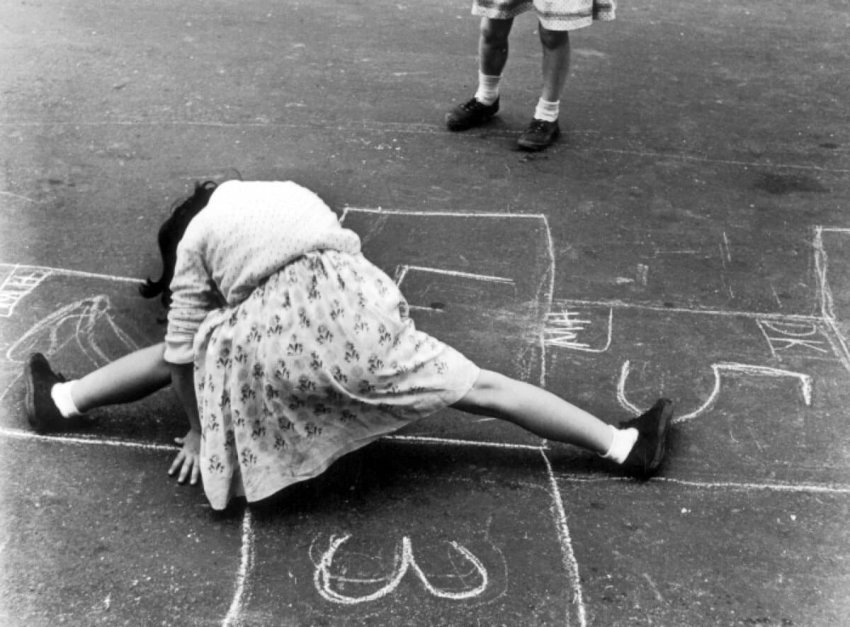
You will need chalk, a paved area, and a stone (washer). Use chalk to draw quadrangles with numbers from one to 10.
In Classics (which is rare) can be played even alone, but the number of participants is unlimited. The goal is to hit a stone (or puck) in one of the quadrangles, then jump to it with one or both feet and go back the same way.
The winner is the player who manages to go all the way from 1 to 10.
3. The Boyards
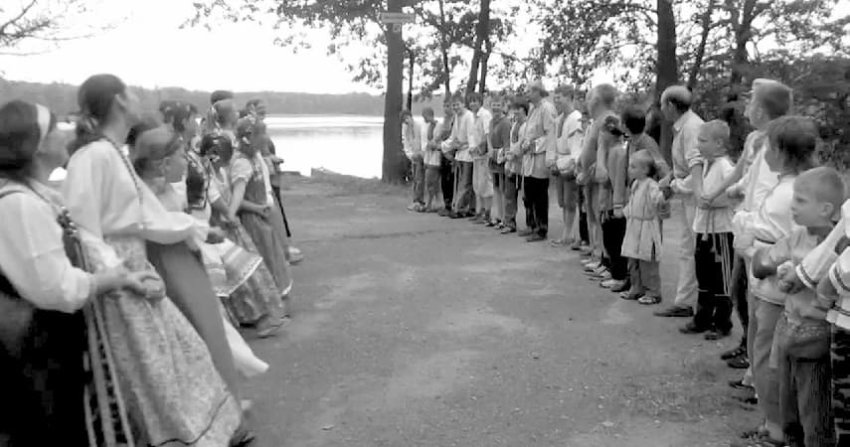
This game combines two ancient pastimes: from the game «The Boyards» from village and merchant youth parties appeared the song, and from the boys’ game «Chains forged» (another name — «Shackles») — the action.
Participants in this game are divided into two equal teams and are lined up in two lines facing each other, holding hands, 10-15 meters away from the chain of opponents. Both teams move towards the opposite chain, repeating certain phrases (variations vary by region and republic). One team goes towards the question and the other goes towards the answer:
— Boyars, and we have come to you! (They go forward) — Young people, and we have come to you! (They go backward)
— The nobles, why have we come? (They go forward) — The young, why have we come? (They go backward)
— Boyars, we need a bride! Young men, we need a bride!
— Boyars, what kind of bride do you want? Young men, what kind of bride do you want?
— Boyars, we need this one! (They point at one of the players from the other team, they agree in advance which one; the sex does not matter) — The young men, we need this one!
— Boyars, she’s a fool! Young men, she’s a fool for us!
— The nobles, we’ll give you a gingerbread! Young ones, we’ll give her a gingerbread!
— Boyars, her teeth hurt! Young ones, her teeth hurt!
— The nobles, we’ll take her to the doctor! Young ones, we’ll take her to the doctor!
— Boyars, she’ll kill the doctor! Young ones, she’ll kill the doctor!
— Boyars, we’ll whip her! Young ones, we’ll whip her!
— Boyars, she’s afraid of the whip! Young ones, she’s afraid of the whip!
— Boyars, don’t fool around, give us the bride for life!
The dialogue ends with the phrase: «Boyars, open the gates, give us a bride for ever».
After these words, the player chosen to be the bride disperses and tries to break the clenched hands of the opponents. If he succeeds, he can take one of the strangers into his team, if not, he joins the other team («getting married»). The team that has one player left loses.
4. The Sorcerers
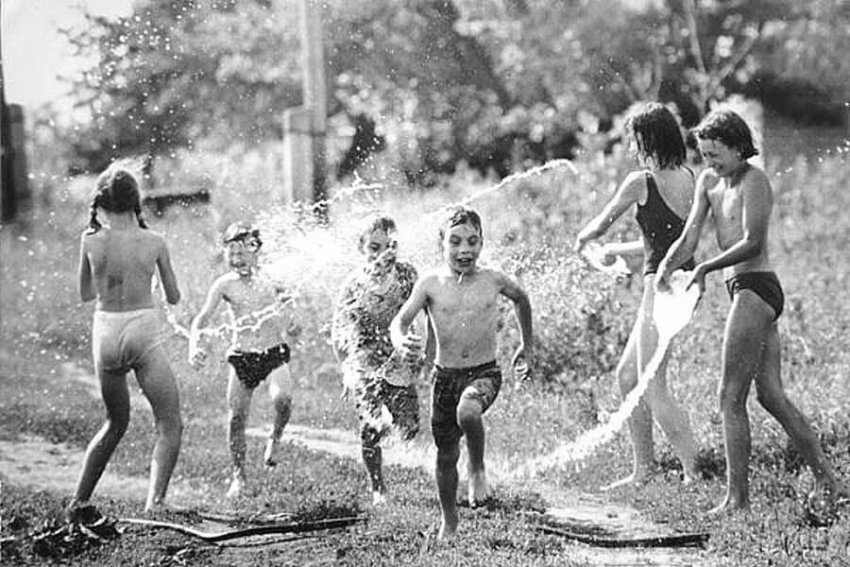
In this game the players run away from the presenter as in ‘tag or catch-up’. The presenter catches up with the player and «salutes» (touches his hand). The «settled» player must then stand still with his arms outstretched, and any other player may run up to him and «rescue» him. The task of the facilitator is not to move far away from the players he has already tagged and not to let anyone else get close to them.
This game is also known as «Chai — Chai — Help out!» («Tea, tea — Help out», in russian: «Chay, chay — vyruchay») . But you should not just stand there, but call out in a loud voice: «Tea-Chai-Help! The task of the leader is to prevent the «rescuers» from getting closer to those who are yelling and to «put a spell on everybody». The number of players: any.
There was also a summer version of «Witchfinders». Run around and try to splash each other with water from bottles. Everyone usually gets wet within the first five minutes of the game, but it’s great fun.
5. Robber Cossacks
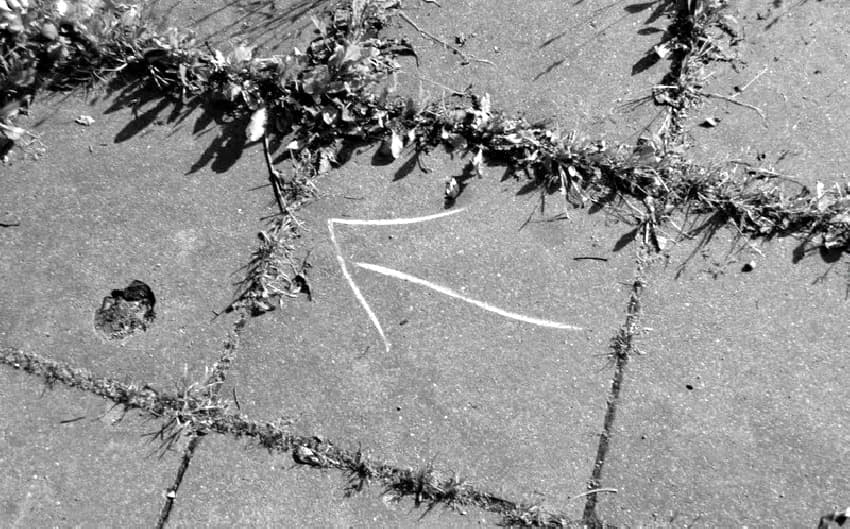
Players are divided into two teams: Cossacks and Thieves (robbers). Both teams agree on the territory on which they will play. This can be a courtyard, a staircase, a street or even several courtyards. The thieves come up with a secret word. The Cossacks go somewhere (or turn around) so they can’t see the thieves.
The thieves run away leaving chalk marks — arrows (on walls, trees, asphalt, etc.) showing the direction in which they are moving. The Cossacks must use these marks to find the thieves and bring each of the thieves to the «prison» and guard him, trying to get him to give up his secret word.
In the «prison», the «thieves» are «tortured» (they tickle them, plant insects, burn them with nettles, throw them to the ground, give them a smack). The forms of «tortures» are stipulated beforehand: they must not be cruel or offensive.
Bandits can run up to each other and say «green seal, you can run away,» thus freeing the other bandit.
«Outlaws» in turn try to take over the «Cossacks'» headquarters to win. Bandits can only take over the headquarters together and during the game. The Cossacks are not allowed to walk back and forth near the HQ.
6. Bouncers
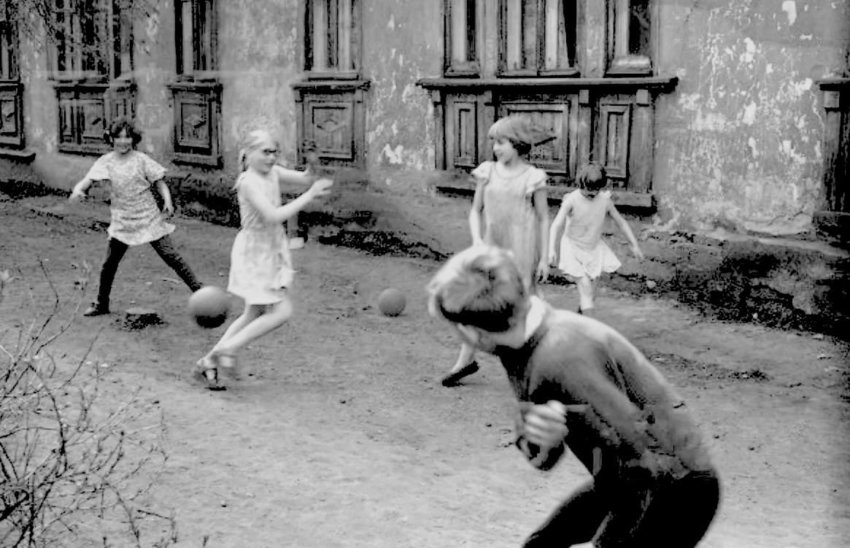
Bouncers — two players stand on opposite sides. The other players are in the center. The bouncers must hit one of the players in the group in the middle with the ball — knock him out. Players in the center must dodge the ball. Whoever is hit is out of the game.
The other players can «rescue» the eliminated player by catching the ball (but they cannot pick the ball up off the ground, or they are eliminated, too). When only one player remains in the center, he has to dodge the ball as many times as he is old. If he succeeds, all eliminated players return to the game.
7. Easy ride, farther you go — stop (Green light — Red light)
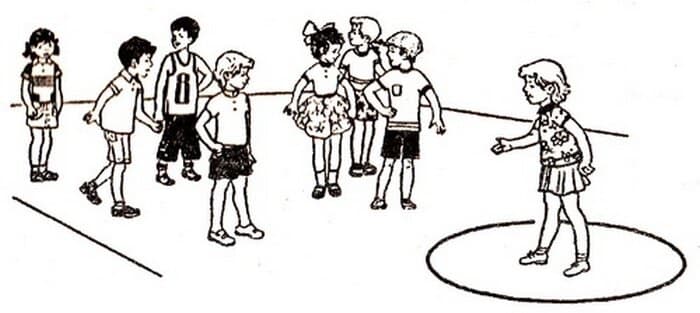
The leader’s task is to stand with his back to the participants at the finish line (the greater the distance between the leader and the participants the better) and to say out loud: «The farther you ride, the quieter you’ll be, the further you’ll be — stop». While the leader is talking (and he may do it at any pace), participants try to run as far as possible in the direction of the finish line.
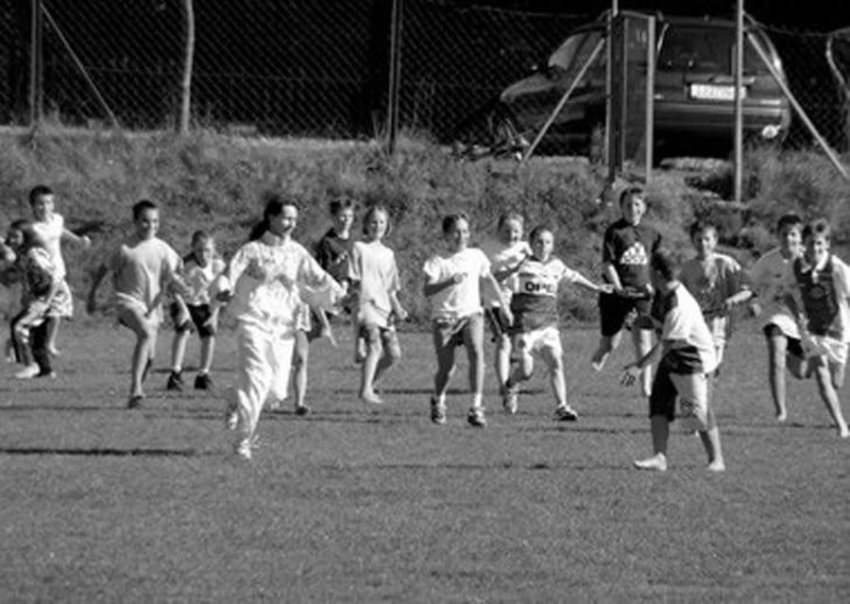
As soon as the waterman shuts up and turns to face the players, you must freeze in place. Anyone who fails to stop or makes an accidental move is out of the game. The winner is the one who reaches the finish line first and touches the waterman.
In 2021, the game has become megapopular around the world. And this despite the fact that the era of yard games, it seemed, was gone 20 years ago.
All thanks to the Korean TV series «Squid Game», where in the first episode, when the players do not yet know all the rules of the game to the end, they play «squid — ride».
8. Knives (Lands)

Players draw a circle on the ground with a knife. Then take turns trying to stick the knife into the other player’s «territory.» If the knife is stuck, a line is drawn along the line of the blade to the borders of the plot, provided the thrower could reach the borders while standing on his «ground».
The plot was divided in two, the larger part was left to the «owner» and the smaller part to the «attacker». The boundary between one’s own and the captured «land» was erased, the new boundary was the drawn line.
The transition of a turn was made either at a miss or if it was agreed that the throws go in turns. A player dropped out of the game who was no longer able to stay in his own sector for a certain amount of time (usually there was a count of seconds by the number of years of the participant).
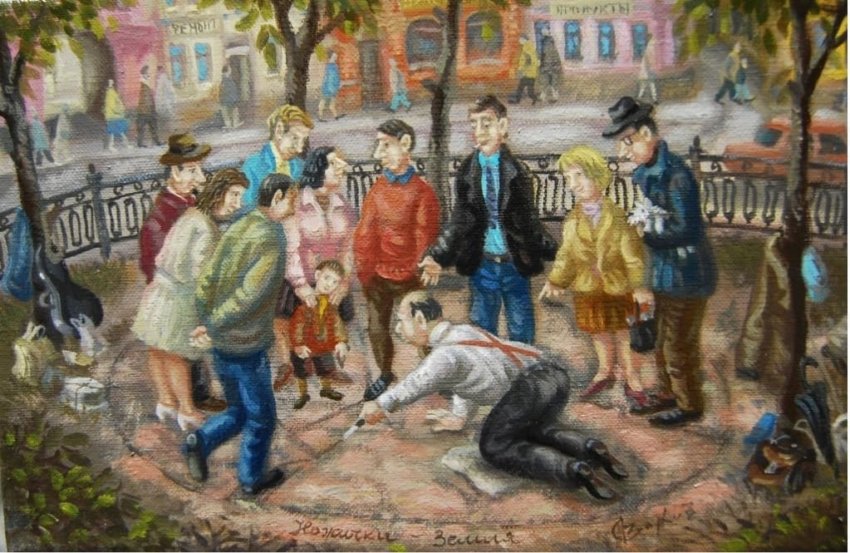
If a piece was cut off that did not border on its «land» (the enclave), then the next move the player had to cut a «corridor» to it (in some variations — such width that you could stand on it). If the player failed to make a «corridor», the cut off piece was returned to the previous owner and the «capture» was annulled.
If a player’s territory was cut off from the «Sun» (that is, it was surrounded by the opponents’ territory), the player made a move with his eyes closed.
Sometimes players negotiated the opportunity to play with a «sausage». Sausage or sausage — the ability to draw not a straight line, but to curl it closer to his area in cases when the player did not reach the end from his area.
9. The Ring-Ring
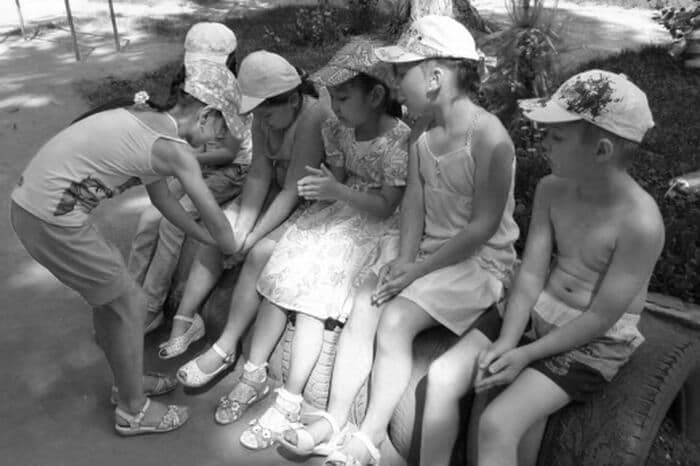
Players sit in a row and hold their hands together to form a cup shape. The facilitator holds a small object, such as a coin, button or ring.
The leader walks around each player in turn, putting his own into his «boat» and saying the counting rhyme: «I wear, wear a ring and give it to someone. The leader, putting his hands in the hands of the participants, should pass the ring to any of the players so that the others do not guess who it is.
The player who received the «ring» should not show that he or she received it, but should try to sit with the most unperturbed face.
After the leader has passed all the players, he moves a few steps away from the bench and says, «Ring, ring, come out on the porch. The player who has the «ring» in his hands should jump off the bench and run to the leader.
The task of the other players is to prevent him or her from running away and try to hold him or her. If the player who got the ring succeeds in running away, he becomes the leader.
10. The Sea Waves Once

With the help of a counting book, a leader is chosen. He turns away and says:
«The sea waves once,
The sea is wavy two,
The sea is wavy three,
the sea figure stands still!»
As he speaks, the participants move chaotically in any order, imitating the motion of the waves with their hands. As soon as the leader stops talking, they should freeze into a figure. The leader approaches one of the players and touches it.
The player pictures his figure in motion and the leader guesses what it is. If the participant shows well and his idea is quickly guessed, he wins. The loser is the one whose figure is difficult to guess: he becomes the leader.
11. Cities (tanks, ships, and other similar games with a knife)
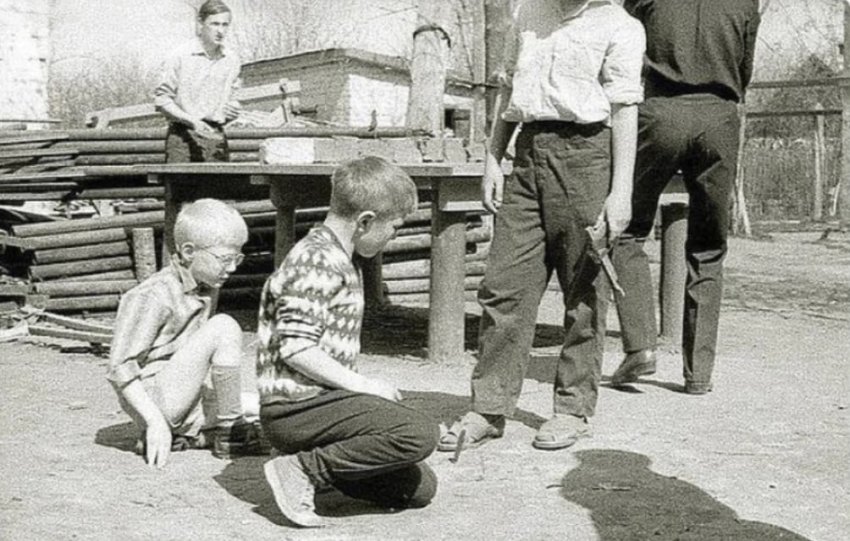
The number of players is not limited. It is possible to play «every man for himself» and joining into teams. At the beginning of the game participants at some distance from each other (usually a few dozen meters) draw circles on the ground inside which they write the name of their city.
Then the players take turns throwing a knife into the ground. First the player stands on his «City» and in the place where the knife sticks in the ground, he draws a figure representing a combat unit.
The type of figure depends on the way the knife was held during the throw and the way the throw was made. The variety of figures and ways of throwing is very large, and sometimes differs even between neighboring yards.
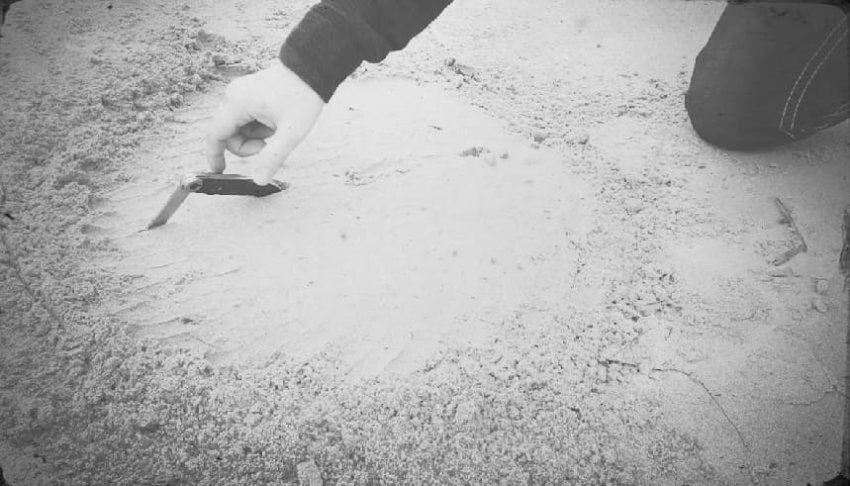
Having stuck a knife into the ground and drawn a figure on it, the player stands on it and makes the next throw. If the player misses, he loses his turn and passes it to the next player. The goal of the game is to build a chain of pieces from your own city to the enemy’s and capture the enemy’s city.
When two opposing chains of pieces collide, a player must shorten the enemy chain by stabbing the enemy pieces in the same way as they were staked to continue the chain. It is forbidden to bypass the enemy chain to get to another city.
After destroying all the pieces in the enemy chain, the storming of the city begins. In order to capture a city, it is necessary to put a certain number of pieces (e.g., one hundred tanks) into it. The player whose town is captured is considered to lose and drops out of the game. The player who captures all the cities wins.
12. Kitty-meow (Kitty-Bitty-Meow, in russian: «Kis-Kis-Meow» — cat’s call)
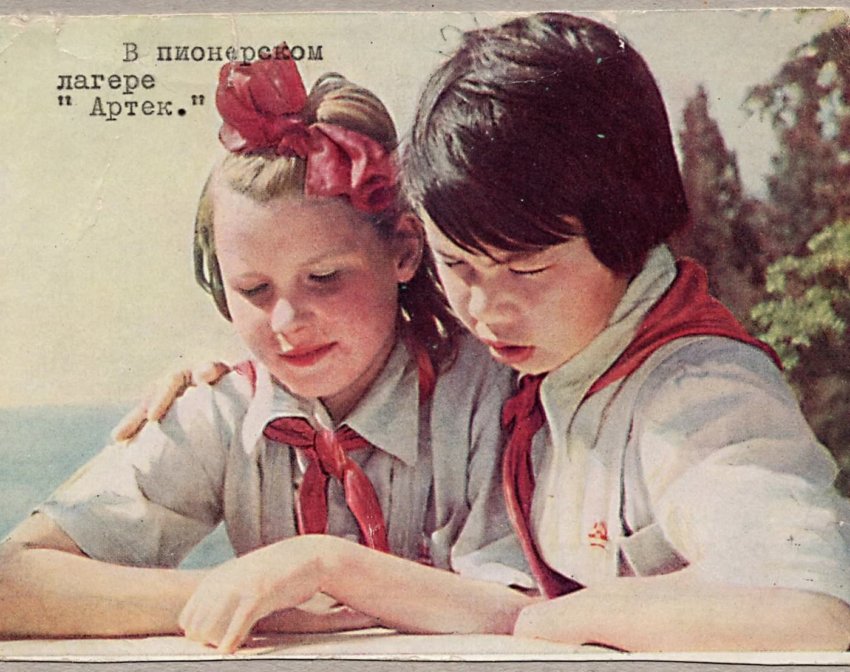
The game requires about the same ratio of players of different genders. Players sit down on a bench. Two participants, the leader and one of the players, stand in front of the bench with their backs to each other (the leader facing the players, the player’s back). The presenter points his eyes (or inconspicuously with his finger) at one of the players and asks «kitty?»
If the player says «boo,» the player continues to choose. If the player says «meow,» that player is asked «what color?» The player names the color and performs the task that corresponds to the chosen color.
Meanings of the colors: White is «five minutes alone. I.e., a boy and a girl go away and are alone for 10 minutes so that no one from the company can see them. Green — three «yes» questions. Any questions were asked, but the player could only answer «yes.»
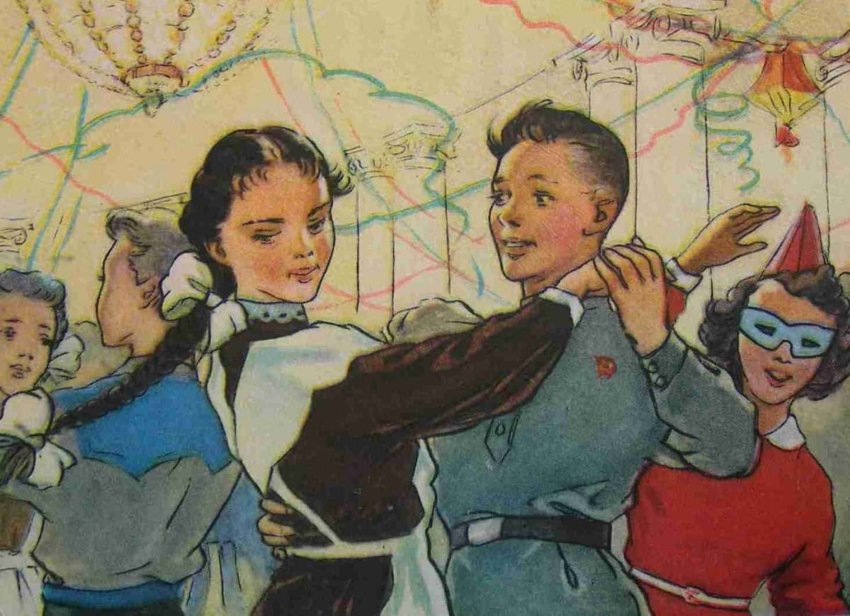
The questions were tricky, such as «Do you love him?». The answerer blushed and stammered, and had no right to say anything else. Red meant a kiss on the lips. The color was used very rarely. Pink — a kiss on the cheek. Yellow — three questions in private (you could ask anything and not answer the player had no right).
Of course, everyone was asking trick questions and often very personal, but the answers are usually kept secret. Orange — walk a certain route under your arm. Blue — kiss the pen. Purple — three little tricks (say, pulling my pigtail, stepping on my foot, taking away my hairpin).
13. Potato (Hot Potato)
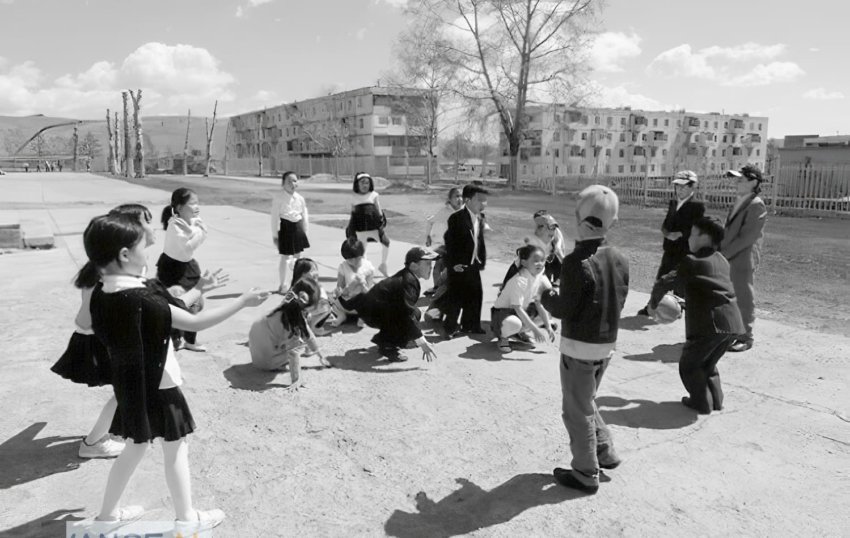
Potato (Hot Potato, Doggy, Ball in a circle) — a game where you need a flat area and a ball. Number of players: at least 3. Players stand in a circle and toss the ball to each other in a «volleyball fashion» without catching it. The one who couldn’t return (receive) the ball sits in the center of the circle (in the «cauldron»).
Sitting in the «cauldron», he can try to catch the ball flying over his head, but to get up from his squatting is not allowed (unless otherwise stipulated by the rules, but in general «potatoes do not grow»). You have to jump like a frog: squatting without getting on your feet.
If a player manages to catch the ball, being in the «pot», he frees himself and the other «prisoners» and the player who last touched the ball before, takes their place.
Players who throw the ball can hit (as in volleyball) those sitting in the «cauldron» — «dip» them. This is the brutality of the game. But there is a risk — the sitters can catch the ball, and if they miss a group of «potatoes,» the player joins the cauldron.
The game continues until only one player remains or the participants get bored with it.
14. Classic Hide and Seek
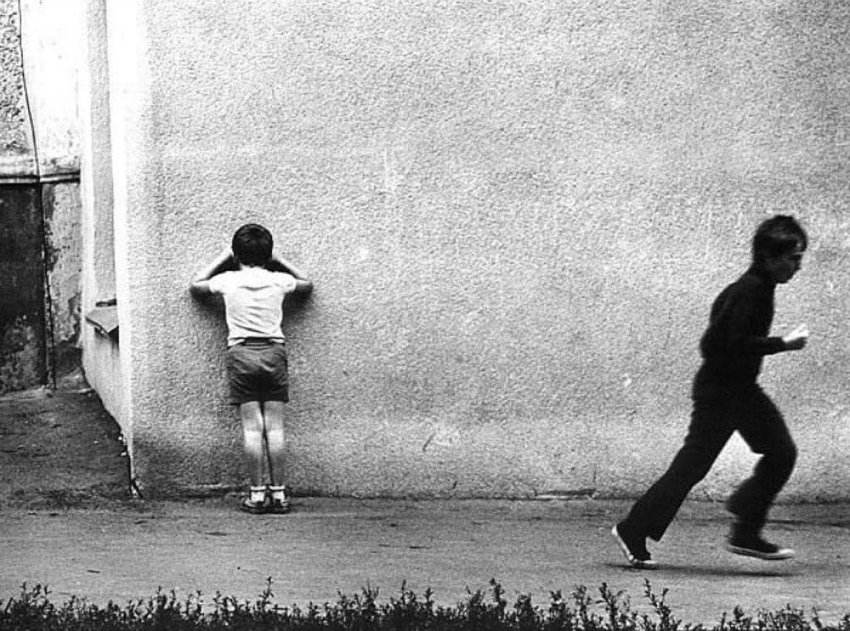
First choose a leader. There are hundreds of counting rhymes for this. Then the leader faces the wall (a tree, a pole…) and counts out loud to 20 (50, 100…). At this time the players are hiding. Having reached the number, the leader shouts: «One-two-three-four-five, I’m going to look».
The task of the players is to hide so that the leader can’t find them. The water (the leader) has the opposite.
When the leader finds one of the players, he should touch him and then run back to the point where he counted — the wall (tree, pole etc.) to «catch» him. If the player is the first to arrive, he/she takes himself/herself out of the game with the words «Knock, knock I». Whomever the leader catches first becomes the leader in the next round («The first chicken squawks»).
Code phrases: «Axe-Axe, sit like a thief and don’t look out into the yard» — shouted the «caught» players to their comrades when «danger» approached (sit and keep your head down). «Saw-saw, fly like an arrow» — shouted to indicate that the leader was far away from the score point and you could get out of hiding.
15. Twelve sticks.
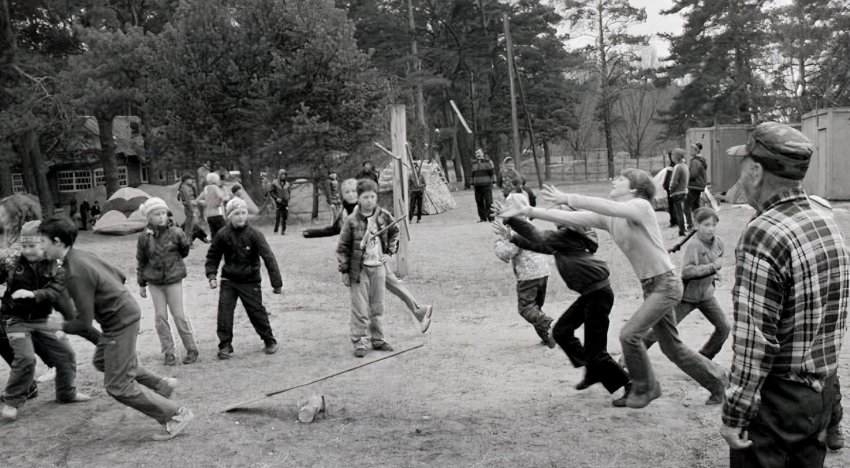
A kind of hide-and-seek, but more difficult and more fun. Here already need equipment — a small board and 12 sticks — twigs, knots, etc.
Before the start of the game participants choose the leader by counting. And also construct a special structure: on a rock, brick or other object of suitable size put plank, you get something like a flip board. One end of it is on the ground, the other is raised above the ground.
Twelve small sticks (twigs, knots, wood, pencils, etc.) are placed on the lower end of the board and then, using the board as a lever, one of the participants scatters them.

While the leader reconstructs the whole structure, the participants should hide. The leader’s goal is to find the hidden players and not let them reach the point with «12 sticks». The players, respectively, do not get caught and «break» the sticks.
Once the sticks are collected and placed on the board, the leader begins to look for the hidden players, as in standard hide-and-seek. If he finds one, he runs to the stick construction and «catches» the player with words like, «Tuki-tuki for (Petya, Masha, etc.).
By the way, it was from these games that the expression «Knock for something…» came. — Caught doing something bad.
The most interesting difference from the classic hide-and-seek is that while searching for water, it is dangerous to stray far from the structure with 12 sticks. It can be «broken» by any player (and he must shout something like «Broken»), and then Voda must start all over again — to restore the structure, and during this time, all the «caught» players can hide again.
The 12-stick game is a snippet from the 1972 movie «Wintergreen».
Usually two types of players broke the base: the caught but first to reach it, or any player who saw from cover that no one was guarding the base.
Getting rid of the role of the waterman in a game like this is difficult enough. But if all players are found and no one has knocked down the board, then a new waterman is chosen — the first player found.
16. Stream.

Participants (theoretically from 4-5 pairs, the more, the better) are divided into pairs (more often different-sex), having taken hands, they stand in two columns at some distance from each other, raise coupled hands high above their heads, forming a tunnel.
In the first variant, there is a leader — he or she enters the corridor and, taking the hand, chooses a pair by breaking one of the old pairs, the new pair stands on the opposite side of the «brook» and the freed person becomes the leader, and so on.
For more intensity of the process, if the «brook» is long, there may be several leaders at once. A widespread variation of the game in which a running couple may stop other players in the tunnel by dropping their interlocked hands; in this case, the couple should kiss.
In the second version, an even number of participants and pairs are constant, just pairs from one end of the tunnel pass through it to the other end, and so on.
Often the game is played to music. The faster the «stream» flows, the more fun. The meaning of the game for participants is often reduced to the opportunity to stand, hand in hand, with interesting people and communicate one-on-one. It’s almost like couples dancing, but for children.
17. Klöck (Baker).
![]()
This cool game has many names: «King,» «Pop,» «Clack,» «Sticks,» «Banks,» and others. The rules seem complicated, but only at first glance. The difficulty is different, almost every yard had its own version of the game. To reduce them to uniformity is extremely difficult. But, by and large, the essence of it boils down to the following.
On the pavement, chalk draw a small circle and put a can (a can or coffee can, sometimes a plastic bottle from whitewash or cylinder dichlorvos) — klek (ryuha, can).
From the can measure out the steps and draw a few lines — ranks. Players find long sticks, usually broken hockey sticks, mops, shovel cuttings or something. Some played with rebar altogether, but that’s a total crazy.

The «baker» is chosen. The «baker,» also with a stick, watches over the can. The players take turns knocking it out of the circle with their sticks.
It is necessary to choose the order of throwing for the players. And then there is a mini-game of its own. Participants put one end of the stick on the toe of the foot and the other rested in the palm, and then push the stick away with their foot. Whose stick flies farthest away, knocks down a ruchu (can, bottles, etc.) first; whose closest is the «Baker».
From the beginning of the court to the last line is the rank zone; from the last line to the end of the court is the baker’s zone (king, pop, etc.). The «baker» takes a position «behind the can», the players are at the first line.
Next, the players take turns trying to knock out a clove with a bat. For each knocked down goal the player is promoted in the «rank», that is, it becomes closer to the goal of the throw.
Everyone starts with the lowest — the farthest from the bank «rank». The player tries to knock the can out of the circle, standing on his «rank». If the stick does not hit the jar, it stays where it fell. The next player throws it.
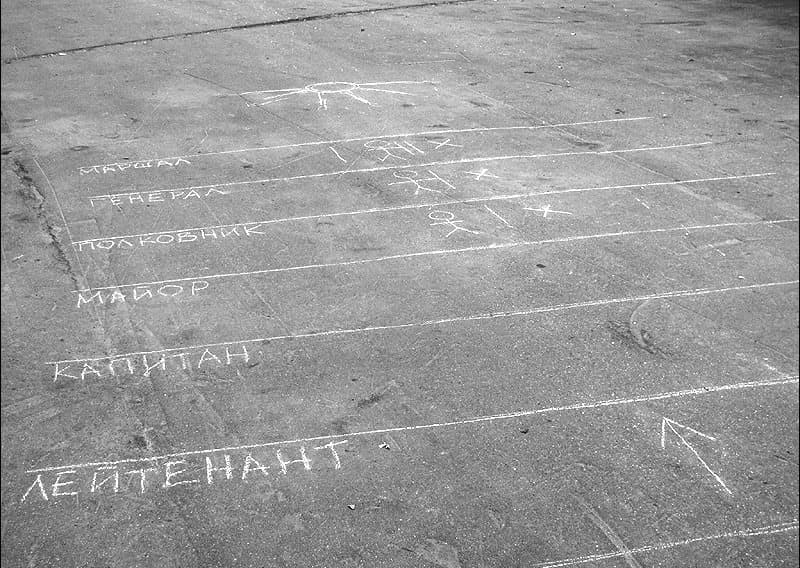
Assuming he doesn’t hit it either, his stick also stays lying. When, finally, someone does hit the can, the «baker» must put it back as soon as possible. The players at this time conduct an «assault» — running for their bats and returning back to the «rank area».
«Baker» at this time runs after the «claw», sets it in place and defends it. But his main task is to keep the stick from «stealing» from his territory. In addition, he tries to touch the players with his bat and then knock down the stick himself. Whoever the «Baker» touches becomes the «Baker» in the next horse, and the old «Baker» becomes the player.
Whoever picks up his stick goes on to the next line, the rank. If the «Baker» gets carried away in the chase, the one who has already picked up his stick can again knock down the can, from the position of his «rank». Then the «baker» stops chasing and runs after the can.
When all the sticks are picked up, the game continues.
For any violation of the rules, the baker announces the violation and knocks down the cue. The player who broke the rules becomes the baker.
18. Elephant (sometimes Goat).
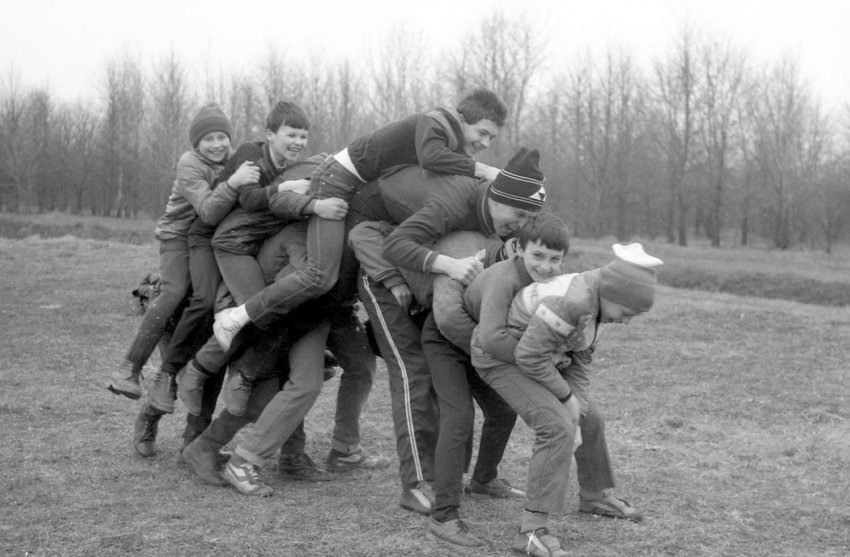
This game was usually played by older children because it is quite traumatic, somewhat uncultured, but wildly fun.
Players are divided into two teams — elephants and riders. The elephants become a chain, bent in half and sticking their heads under the armpit of the one in front. The riders take turns trying to ride the «elephant».
The elephants’ task: to resist under the weight of the riders. The task of the riders is to jump as close to the «elephant’s head» as possible, otherwise there is not enough room for the whole team and they lose.
If one of the riders fails to hold on to the «elephant» and falls, and if all the riders are seated and the «elephant» brings them to the finish line, then the elephants have won. If the «elephant» collapsed, the riders win.
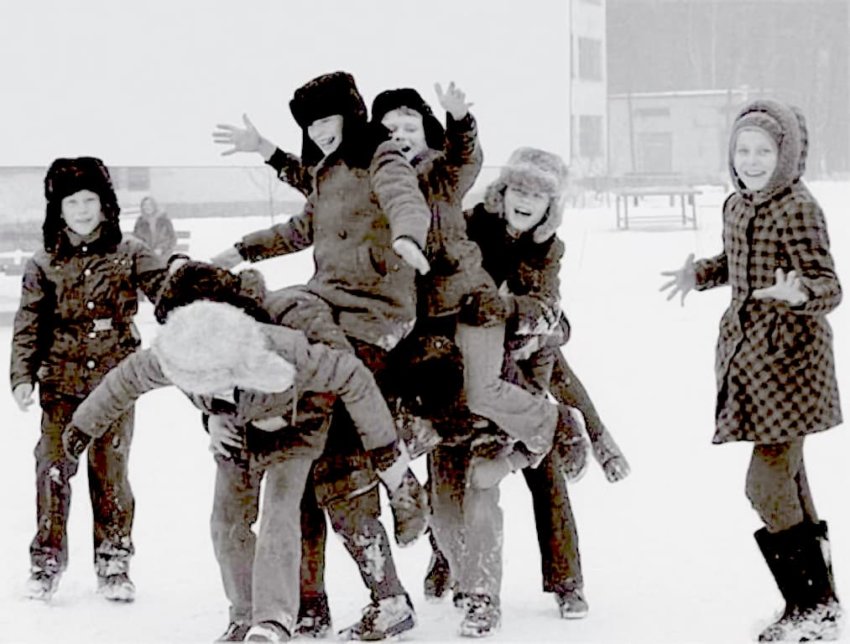
Number of players: 3-5 per team.
A few secrets. At the «elephant» you must put the tallest ones at the tail — they are harder to jump on, but the smaller ones should be closer to the head.
The weakest ones in the «elephant» must be covered by the strongest ones, because the opponent will try to put as many people as possible on the weak one and make him fall down.
18. Eyes Shut
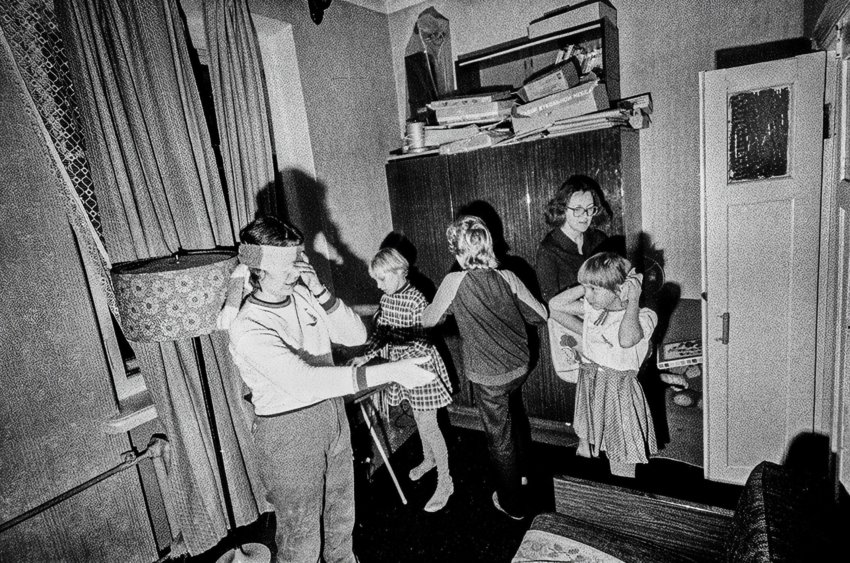
With the help of a counting game or by drawing lots, a leader is chosen. Players blindfold the waterman with a thick bandage (no peeking in this game), unwind him on the spot and «scatter» to the sides. The zhumurka must catch and identify a player.
If the jumarka comes close to any object that can be bumped, the players must warn him by shouting: «Fire!» The word should not be shouted in order to distract the squeezeball from the player who cannot escape from it.
Players are not allowed to hide behind objects or run very far. They can dodge the jummer, crouch, walk on all fours. Caught player jumurka should recognize and call by name, without removing the bandage.
Play, of course, is better indoors, just because there are walls, but you can also play in the air, limiting the playing space.
20. Jumping rope
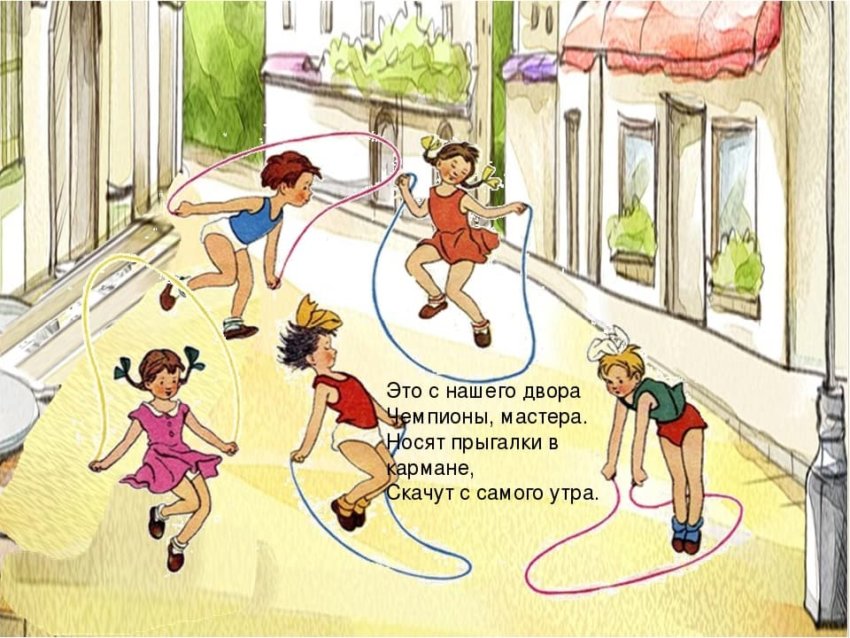
Girls in the yards of the Soviet Union used to jump ropes from morning till night.
In some regions of the USSR this simple object was called «skipping rope,» in others — «rope,» in some places even a scrap of old rope was used together with purchased jump ropes, but the point was the same — girls from an early age honed the skill of jumping through these objects.
There were many games with jump rope, here is just one, and another one is further down the list.
21. Spoiled Phone
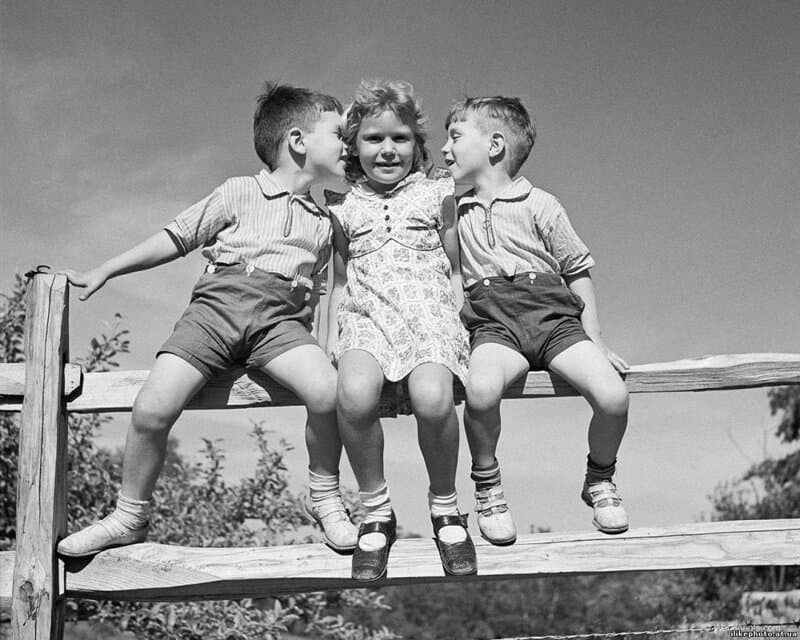
The game can be played by one or two teams. A leader is chosen who whispers a word or phrase in his ear to one of the players, and the latter tries to tell the same to the other player and so on down the chain.
The last player says out loud what he has got and compares it with the original.
Often you get a very unexpected and funny result! If two teams are playing, the leader passes the word to two players from both teams. The team whose result is most similar to the original wins.
22. Goat (or Minuses)
The number of players does not matter. The kids take turns kicking the ball so that it hits the wall, and on the rebound you have to jump over it. In the other version — just be able to hit the next player in turn from the point where the ball stopped.
If the ball did not hit the wall, the next letter of the word «Goat» was placed on that player. The game continued until someone was the first to hit all the letters and was declared «goat».
Top flight was considered the ability to spin the ball so that it bounced off the wall flew at a blunt angle to the most inaccessible place, such as the basement. It was called a trick.
23. Twenty-One.

Each participant had to hit the ball exactly 21 times first on his foot, then on his knee, then on his hand and then on his head. 21 on the foot, then 15 on the knee, 10 on the fist and 5 on the head. Then the exam is fused: leg to head, head to leg.
If you managed to score less, the turn passed to the next player, if by chance you scored more — all the points you accumulated earlier were burned. The first player to pass all stages and score 21 points in each type of scoring won.
24. Wargame.
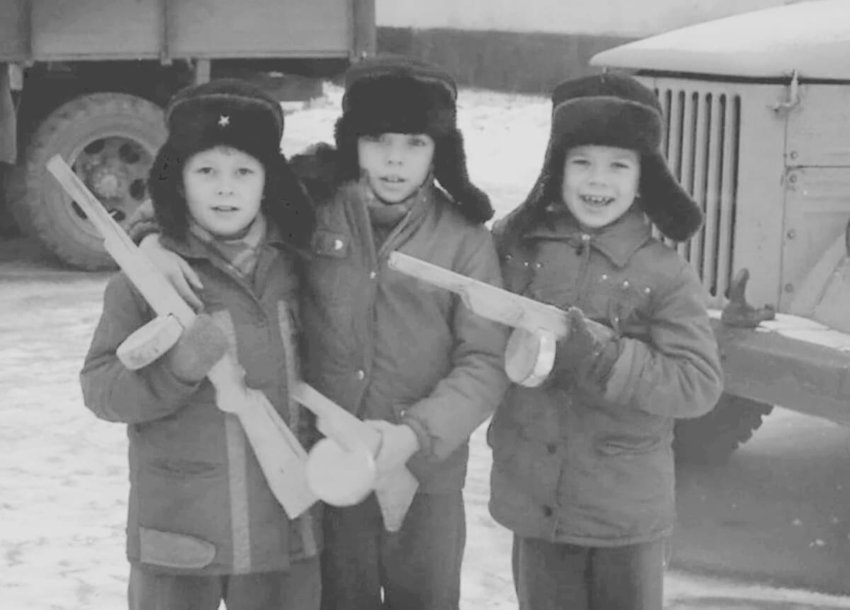
Remember «tai-tai raid, who play Wargame (voynushka in russian)!» 🙂 This shouting-call would instantly gather mighty armies of «nashi» and «nonnashi» armed with short sticks-guns and crate planks-automatic rifles. Later, children had plenty of toy weapons.
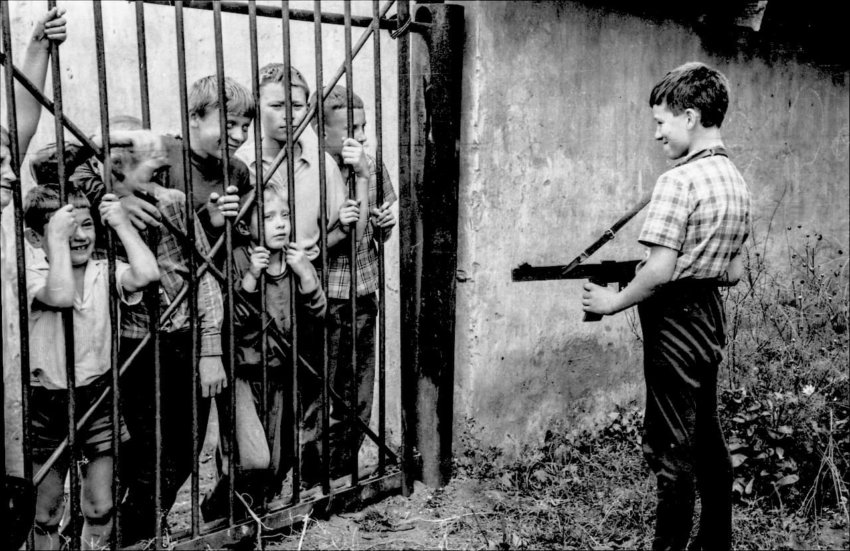
The game was as simple as possible. You had to locate the «enemy» and imitate shooting with your voice. From behind every corner came «ta-ta-ta! You’re dead» — «No, you just shot me in the arm!!!» — «And it’s as if I’m fighting out of my last strength…» — «Four-four, I’m on a break»-«Five-five, I’m in the game again,» and so on. The battles continued until everyone was driven home.
And before entering the apartment, they hid their «weapons» behind the entrance door or under the stairs. Sometimes even the girls took part — as nurses and bandaged the wounded fighters with handkerchiefs.
25. Assault snow fortress (snowball game)
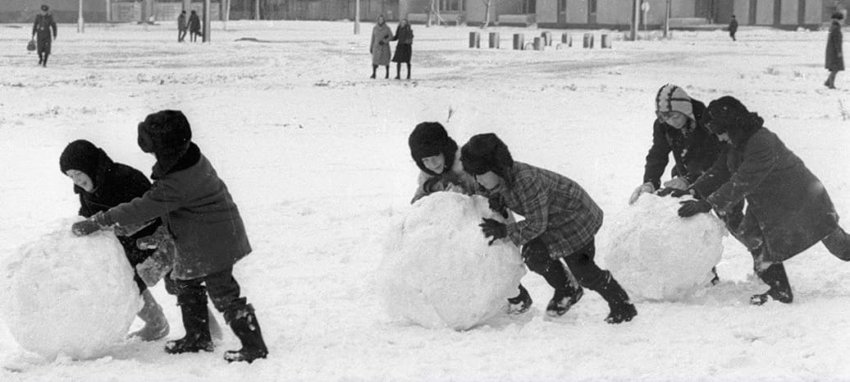
This game is a more interesting variation of snowballs. To play it, as is not difficult to guess, you need a fortress.
First, the snow balls are rolled out of the snow from which the fortress is made. It is better if the fortress will be located on an elevated position. The size and shape of the fortified snow town depends on the amount of snow and the number of players. It can be a small wall shelter or a real fortress, with towers and gates.
The players are divided into two teams. It is desirable that the number of defenders be half the number of attackers to ensure the balance of the game. Both teams choose their own commanders and for 5-10 minutes prepare a supply of snowballs with which they will bombard the enemy.

The defending team takes places in the fortress, the attacking team takes places in front of it. At the signal, the attackers begin their assault, the goal of which is to break into the fortress. The defenders prevent this by firing snowballs at the enemy and pushing them out of the fortress.
If the fortress runs out of snowballs, the defenders can pick up the attackers’ snowballs or take a risky foray to replenish their supply.
26. King of the Mountain

The point of the game is to capture and hold a height on a large snow drift or snow slide in the yard. The challengers storm that height to literally throw the «ruler» standing on top off the mountain by all means. The game can be an individual game (each for himself) or a team game.
27. Dig your hand (bomb squad)

The first player lays a mine — buries his hand in the dry sand and from that moment his hand turns into a «bomb», or rather a «mine». The other player — the «sapper» must clear the «bomb».
The «sapper» begins to dig out the bomb, carefully, trying not to touch it. If the «bomb player» touches, he gives a warning («one-touch…», «two-touch…») on the third touch, the «bomb» explodes (hand is pulled sharply out of the sand).
Tricks of the game:
- it is better to bury your hand from the side and from the bottom, then the sand will crumble by itself;
- When there is not much sand left on your bomb you can blow it away (take care of your eyes!);
- «Bombs can be buried in different, quite unexpected ways: open palm, folded palm, fist, «class», «victoria» to bury two hands, leg, two feet, put stones around the hand, which will confuse the sapper and complicate his task, and so on.
Usually two people play, competing to see who has the most successful «clearings,» but you can play as a group, having a tournament of elimination.
28. Rhombuses
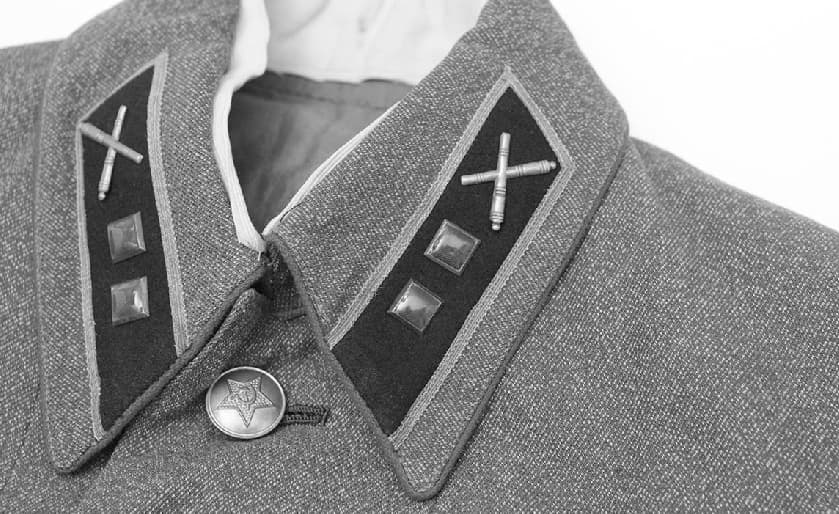
Already by the name it is clear that this is the original Soviet game. «Rhombics» are so called because of the rhombuses — by them, or rather their number, indicated military ranks in the Red Army until 1943. After introduced shoulder straps and the designation of ranks with stars on them.
To play the game you need a lot of people, not less than 10-12 people, the more the better. As well as paper and pencil (pen).
The game required knowledge of all military ranks and their hierarchy. On small pieces of paper were written military ranks — from marshal to soldier. Next to the rank a symbol indicated belonging to the team — either a star or a swastika. The highest ranks (above marshal) were «Stalin» and «Hitler.
Each lozenge, a piece of paper with ranks and team symbols was rolled up into a tube and shuffled into, for example, a hat. Then they tossed it up and everyone picked up a «diamond» from the ground. Thus each participant was assigned a team and a rank.
The teams scattered in different directions and the game began. The purpose of it was to «capture» the opponent. That is, it was necessary to catch up with him, but this is not the main thing. The main thing is that the participant could «capture» only a member of the other team with a lower rank.
Video: A modern version of the game «Rhombus
The worst thing was the soldiers. There was no way they could grow in rank by catching someone. So they just ran away from everyone. If players with the same rank met, they just played on — a draw.
When there was one person from each team left, the game was over. It was clear that the player of one team had more ranks, and it made no sense to run another hour or two, catching the opponent. He could have given up.
Later the game was adapted for play in children’s institutions — camps, pioneer homes, etc. Stalin and Hitler, as well as military ranks disappeared. There were different versions of the designation of ranks and teams. These could be «reds» and «blues», «minuses» — «pluses» (they wrote numbers of hundreds on rhombuses — 100, 200, etc.), but the classic division was still into «Russians» and «Fascists«.
Another interesting feature of rhombi: the game could be postponed and finished playing the next day.
29. Stamps, wrappers (later, in the ’90s, liners)
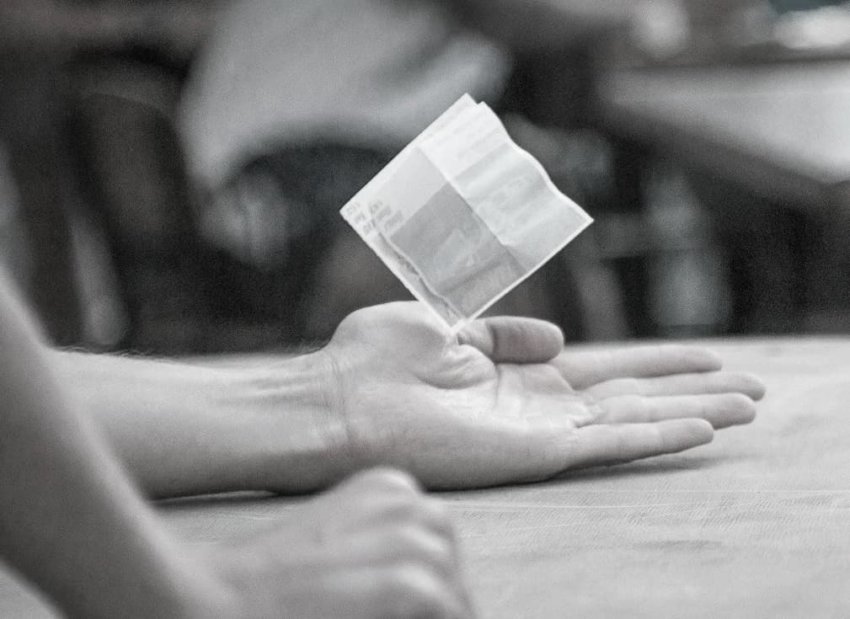
People who write that earmarks were played in the USSR know nothing about life in the Soviet Union. There were no gum wrappers. Gum was there, but no earmarks. They only appeared in the 1990s.
But the game, the ancestor of earmarks, was there. But mostly stamps or wrappers were used. In general, something paper, preferably the size of a postage stamp or candy wrapper. But more often they played stamps. Collecting them was very widespread and almost everyone had them.
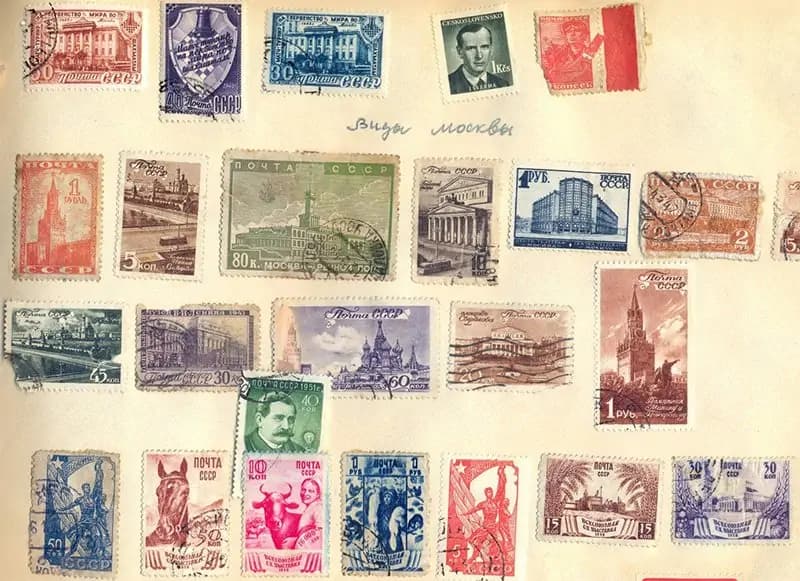
The game was played like this… Bets were made, for example, with three stamps each or, alternatively, based on the face value (price) of the stamp. Players, for example, three. All the stamps (9 in this case) are placed in a pile on a flat surface (for example, a window-sill, a staircase, a broad bench, etc.) upside down without a picture.
The player who has the sum of the stamps’ denominations (their price) is the first to strike. In the case when the price on the game object is not marked, for example on a gum insert, the first player to beat is chosen by drawing lots or counting.
So, the player has a stack of stamps in front of him. He bent a little palm (boat) or as he pleases beats on a pile on top — so that the stamps turned over side with the image.
The overturned stamps go to the beating player, he wins them. Then he must flip-win the remaining stamps, but now he beats each stamp separately. It doesn’t flip — the next participant passes to the next one.
Once all the stamps from the bet have been distributed among the players, the con is over. You can play the next one.
The main secret in this game was effective hitting. You had to learn how to hit so that the wrapper always turns over. Since it was mainly due to the air that came from the sweeping movement of the hand, for example, one could strike smoothly, immediately moving the palm to the side.
30. Shaker (shakes).

The main gambling game of Soviet children was shakedown or shakesogan. Soviet schoolchildren had pocket money — they were given it for breakfast and lunch at school or for ice cream and movies. So they could play with it.
Participants put money, the number of coins does not matter, the main thing — who has more in the sum. It is he who will shake. When the bets are made, the player who has it higher (larger amount) is the «shaker», the order of the other players’ moves is determined by the «height» (price) of their bets.
All bets — coins take a shaky in the palm of his hand with a boat and cover the other palm, also with a boat, then shake them. The coins in the palms were stirred, the shaker unclenched his palms and the change fell to the ground.
«Taken» coins are those that lie upside down. Tails are not taken. The shake picks up the «eagles,» but the game is not over…
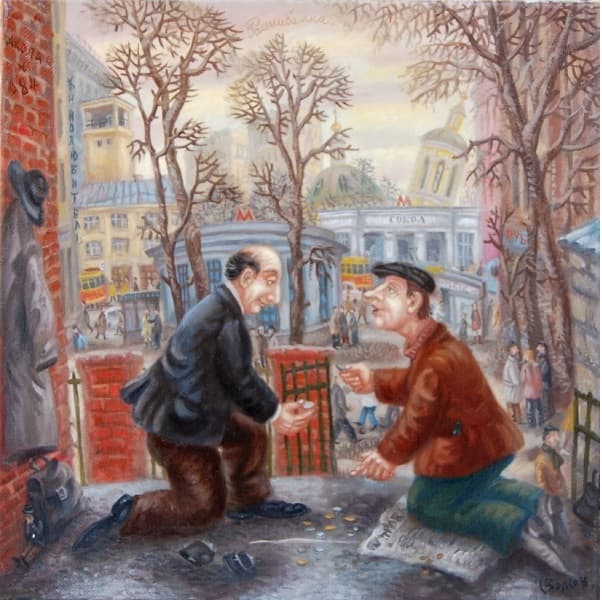
Now he can «take» (win) the rest of the money in the following way: the coin of the highest denomination had to be flipped eagle up by hitting it with a coin of the next highest denomination.
For example, in the game there were coins: 20 kopecks, 10 kopecks, 15 kopecks and three 5. The shaker struck a 15 kopeck coin on a 20 kopeck coin. Any of the eagle-turned coins are his. He strikes further.
If the coins were not flipped with an eagle, the next player moves on. He also has to flip the coins. If he didn’t, the next player follows. And so on. As soon as all the coins went to the playing players, this con is over, you can start the next one.
Money shaking was forbidden. Caught children could be expelled from the pioneers, parents could be summoned to school, reprimanded in front of the class, and generally subjected to reprisals.
The penal code of those times had an article for organizing gambling, so punishment for shakedown is not even so much about the mores of those times, but rather about following the laws of the time.
31. The Fisherman and the Fishman
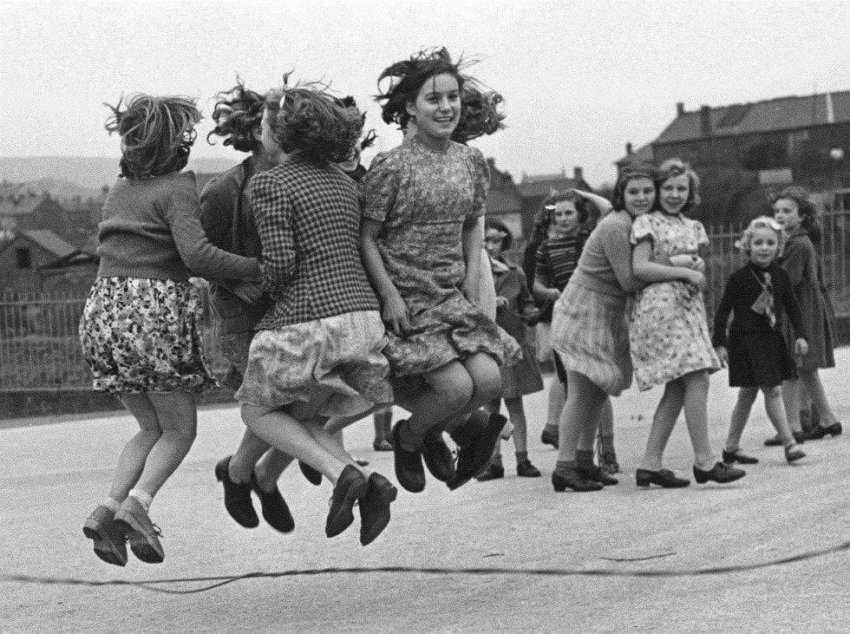
A girls’ game. Participants stand in a circle, the leader stands inside and unwinds rope at foot level. The task of the participants is to jump rope. If the skipping rope hurts the legs — the player drops out. The winner is the last remaining player.
32. Pioneerball
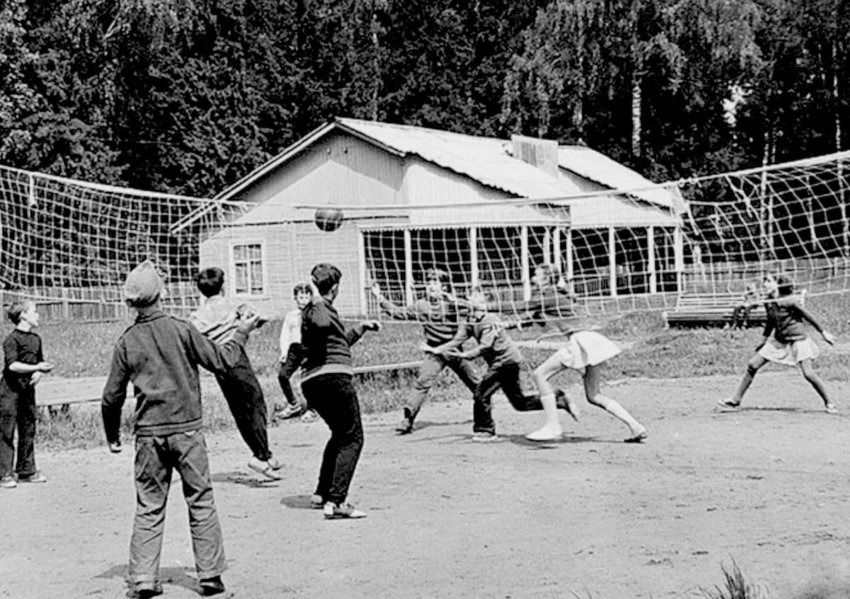
A simplified version of volleyball, which was played both on the playground near the house and in gym class.
Two teams of three to eight people each participate. In the center of the field a volleyball net or just a rope is stretched. The task of the team is to throw (not to hit) the ball on the opponent’s field so that it touches the floor-ground.
The difference from volleyball is that the ball does not have to be kicked, it can also be caught. With the ball in the hands of a player can make only three steps, and then he is obliged to give the projectile to a teammate or threw over the net.
Usually the game continues until a certain score, say, 25. After that, the teams switch fields.
33. Shackles (Chains-chains, chains forged)
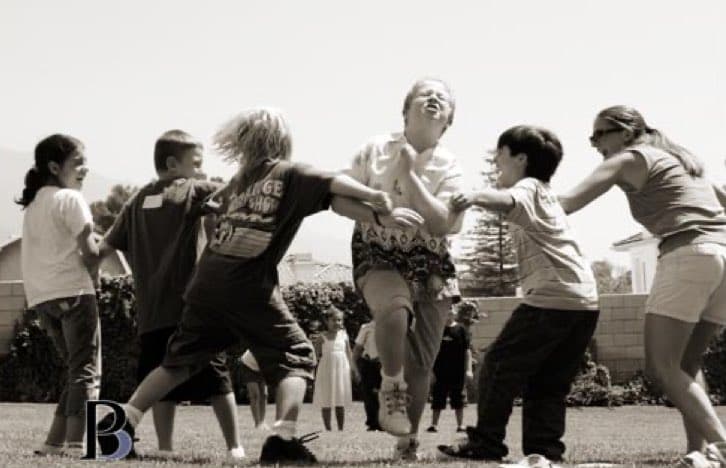
The main condition: the more people, the more interesting and longer the game will be. Participants are divided into two teams, roughly equal in strength and number of boys and girls. The teams link arms, thus forming two human chains, and stand in front of each other at a distance of 5-10 meters.
Now the players on one of the teams shout, «Chains — chains, break us!» or, alternatively, «Chains forged, unchain us!» The second team asks: «Which one of us?»
The opposing team, after consulting, names the player who will «break» (usually the weakest looking one is chosen). That person runs with all their might and tries to break the opponents’ clenched hands (again, choosing the «weakest link»).
If he succeeds in breaking the chain, he takes one of the two players between whom he broke through and returns with the loot to his team. If he fails to untie his hands, the unlucky player stays with his opponent.
The game continues until one player remains in one of the teams.
34. Grandma-Grandpa (a game with a knife)
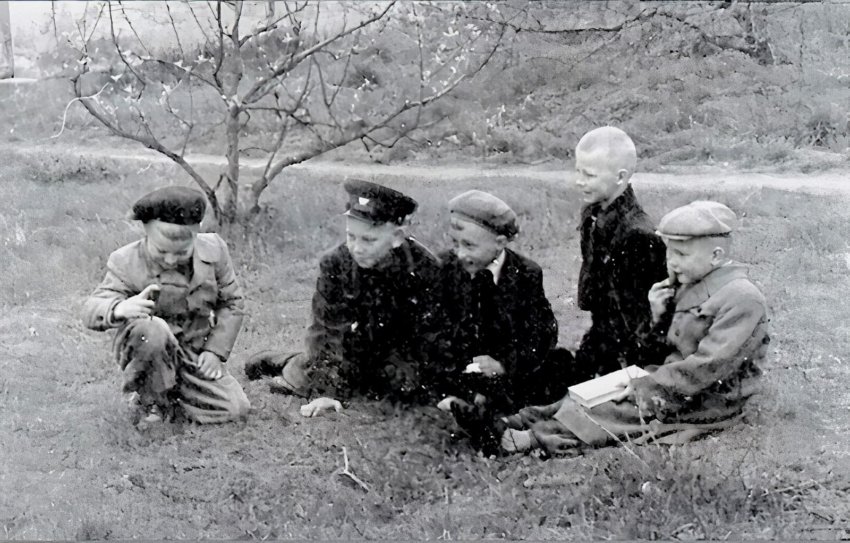
The game of knife skills. Any number of participants and a strictly defined sequence of shots. The first one to finish a sequence was called the winner.
About an order of throws it was agreed beforehand. The most difficult throws had to be done from the first try, otherwise one had to start from the beginning. The fall of a knife meant the passing of a move.
The order of throws (it varied very much depending on a place of residence) could be so:
- Three throws with any technique in a row;
- «Babka» — a knife is thrown from a palm in a turn «from yourself»;
- «Grandpa» — the knife is thrown from the back of the palm in a turn «from yourself»;
- «Bun» — a knife throw from the fist (further there were a lot of variants: throw from the head, elbow, shoulder, knee, chin, lips, nose, mouth, forehead);
- «Stack» — from a fist unfolded vertically;
- «Fork» — a knife throw with the index finger and little finger spread apart;
- «Spill» — a throw with the index finger and thumb spread apart;
- «Sunshine» — a throw behind the blade behind the back;
- «Swing» — the knife is swung by the blade, then a sharp downward movement of the hand is sent into the ground five throws in a row without a miss.
Often the winner could change the sequence of throws in the next game or designate his or her own exercise.
35. 35. Catch-up and Sypha (in this context — syphilis).

«Sypha» is not strictly speaking a backyard game, but inside school at recess. But it can also be played outdoors. It was played exclusively by boys. It’s all about the main and only inventory for this game — the very Sypha.
Usually it was a dirty smelly rag (less often a sponge) for wiping the chalk off the blackboard, or a floor cloth.
Sometimes, if there was no rag, you could play with any object that was not heavy. For example, an eraser, but the better rag, because the nastier the «tool,» the more active was the game, which is essentially a slightly modified catch-up. But if the catch-up game is to touch the running away with your hand, here — to hit someone with a «Sypha.
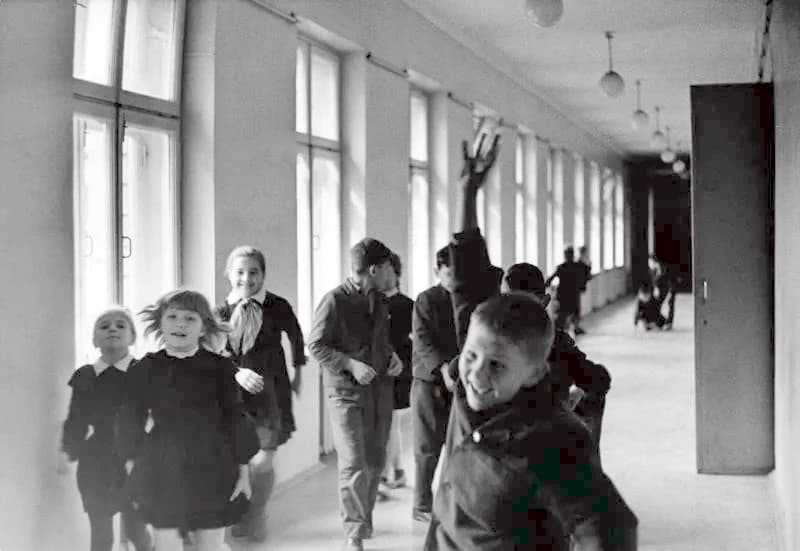
The peculiarity of the game is that it always began suddenly, on the initiative of just one person, without prior arrangement. Someone would take a rag from the blackboard and throw it at a classmate standing nearby, shouting «Sypha!» (from the word syphilitic). The rest of the class immediately ran away from the «syphon.
An important point: everyone took part in the game, even those who were not going to take part in it. The task of the «Sypha» is to rehabilitate himself in society by hitting another person with a rag, after which he becomes a Sypha, a Syphak. This is how he begins to be teased. You can, of course, ignore your new status, but at age 6-12 it’s pretty hard.
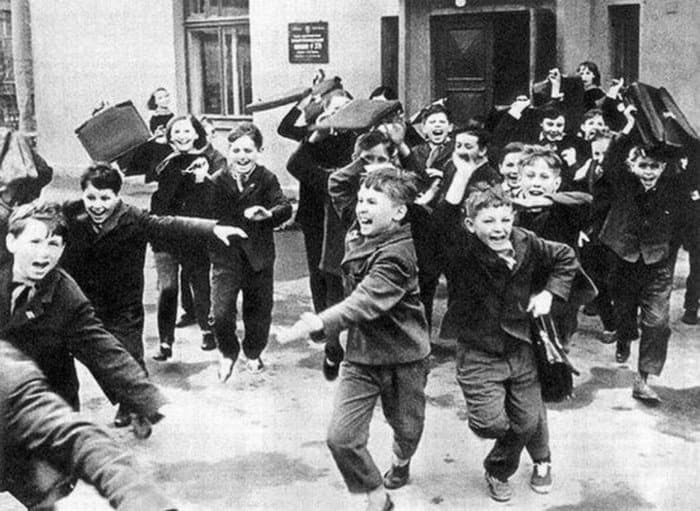
The dirty stain that appears on the unlucky player’s clothes is sort of a metaphor for contamination. The person who receives it crosses the symbolic line between clean (healthy) and dirty (infected). And being an outcast among the boys at that age is not the best thing that can happen to a child.
It was important to be able to «infect» others with «siphon» before the end of the break, otherwise you would stay «siphon» for the whole lesson.
36. Frog

One of the variants of the ball and wall games, where for fun you need, actually, a wall, a ball and jumping ability. It was played mostly by girls.
On the wall is drawn a line (the higher, the more interesting) — below her to throw a ball can not. Players are lined up in a row, one by one. The first player throws the ball, it hits the wall, bounces, hits the ground and at this point the player must jump over it. The next player picks up the ball, repeating the same thing — and so on around the circle.
The one who does not jump over the ball is punished with a «letter» (l — ya — g — y — sh — k — a — frog). Collect all these letters — you’re a frog.
To complicate the game throws the ball over his head or from under his feet. Or do it only with his foot. The most difficult variant is throwing the ball over his head and jumping over it turning around behind him.
37. Axes (with a knife)
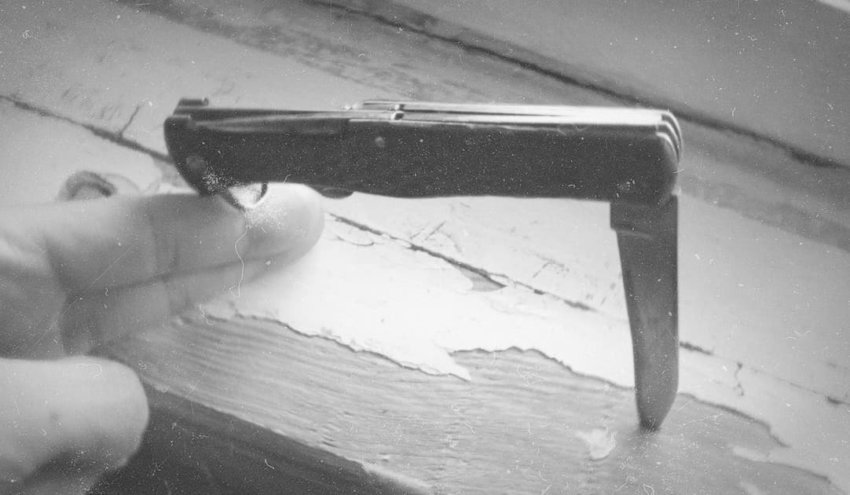
Two people sitting opposite each other. The game is played up to a predetermined number of points on a wooden surface. A folding knife is folded so that the blade and the handle form an angle of 90 degrees — «hatchet».
The tip of the blade is stuck to a small depth in, for example, a bench and a player, putting fingers under the end of the handle, makes a sharp movement, forcing the knife to jump and make one or more revolutions in the air.
If the knife then sticks into the surface, then the distance between it and the end of the handle is counted by putting up as many fingers as fit there.
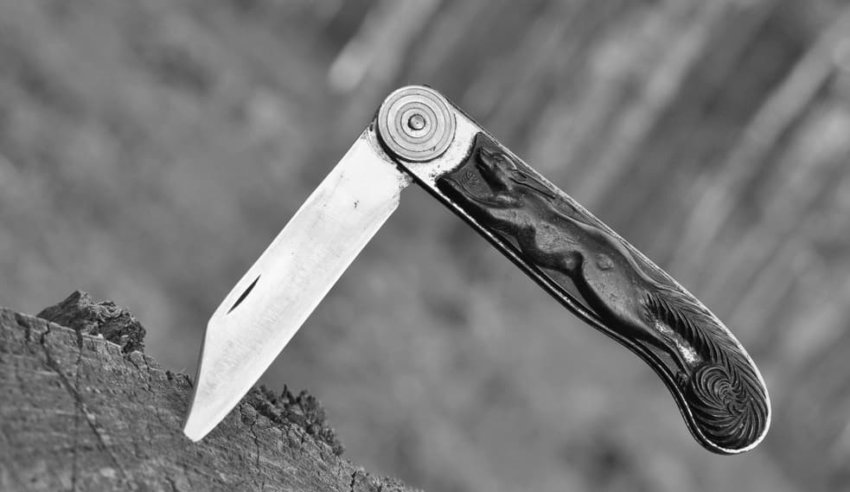
Each finger is scored 1 point. In cases when the knife is not stuck or stuck but the distance between the bench and the end of the knife handle is too small to stick a finger through, the turn passes to another player.
If the knife is stuck into the board, but the handle hangs aside the board — measure the distance to the ground with fingers. When the knife falls on the handle with its blade upwards and is kept in such a position, the full winning takes place (there is a variant when such position is evaluated with 500 points).
In case when the knife sticks with the tip into the board and unfolds completely (the blade and the handle are in one line), the «con» comes — the winnings are given irrespective of the points scored or depending on the arrangement, for example 1000 points.
38. Cauldron (sometimes — Сhica)
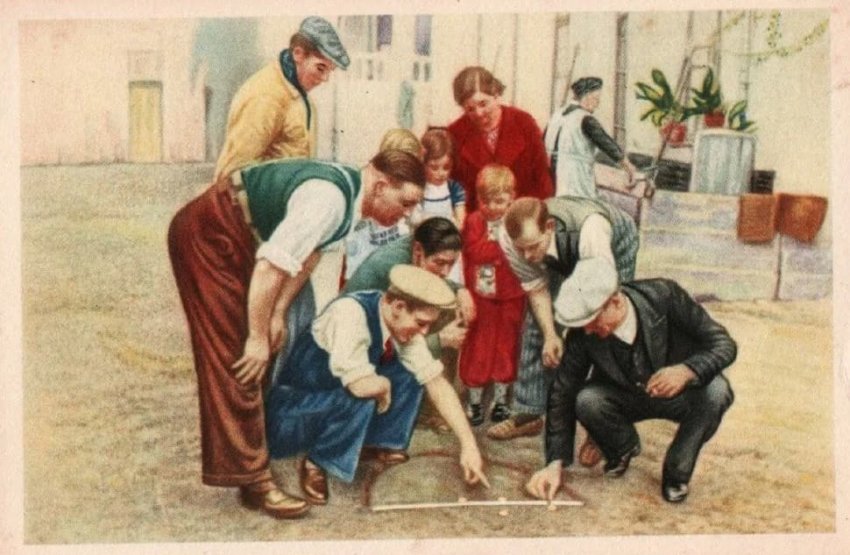
These are gambling games with a lead bit, so they are combined in one subchapter.
«Chica» is a simple game, unlike «Cauldron.» A line was drawn with chalk on the asphalt. In the center was placed a stack of coins. From ten paces, one by one, threw a lead bit (it was necessary to make it yourself), trying to hit the money. Whose bat was closer to the coins, he «broke» (started the game) first.
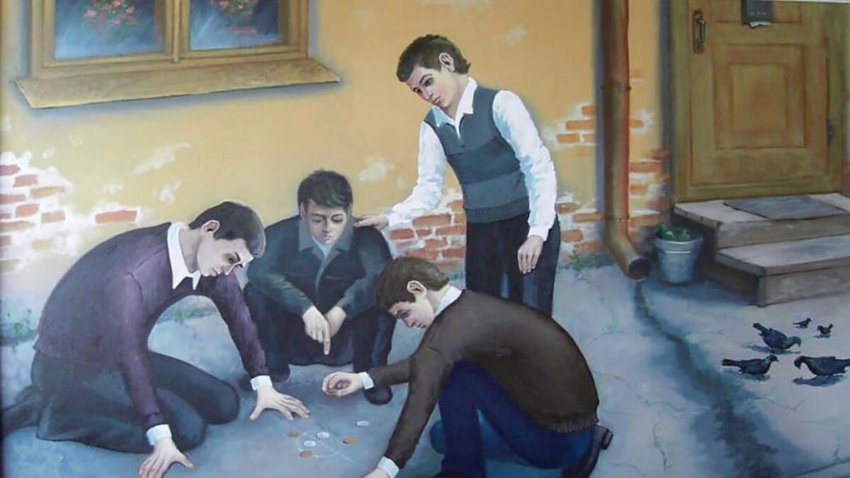
You had to flip «eagle» to «tails» by hitting a coin. or vice versa, in different places in their own way. Whoever turned it over, took it for himself. If it didn’t work out, the turn passed to the next player. In this simple game, dexterity and marksmanship were needed.
«Cauldron» — a similar game, but more complex and much more exciting, and even intellectual. Here already needed a strategy.
A shallow hole was dug — called the «cauldron» or «stakes. Each player had a set of bets — coins (pins, caps). The goal was to hit the cauldron with a lead bit. But.
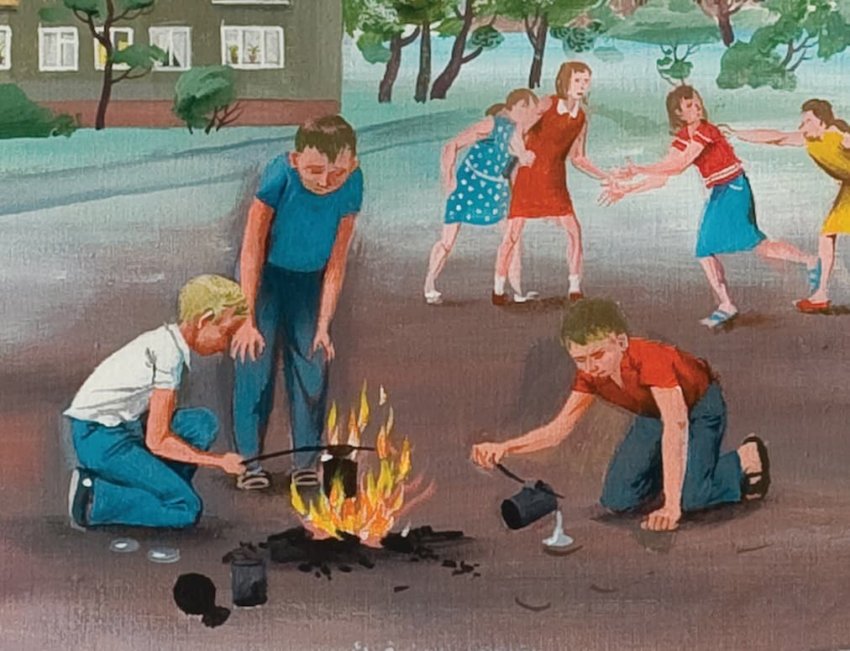
Initially, the cauldron (con) is almost empty. In it all the players put a unit bet — if the tokens — one token, if corks — one cork, if coins — one coin.
The first player in turn tried to just hit the cauldron, then he could pick up one unit of the «bet». But, most likely, he did not hit the cauldron, and the bit fell somewhere nearby. Or he could intentionally throw it as far away as possible.
The second and subsequent players could choose — either to throw to the cauldron, or to «pull down» the bits of other players. «Pulling down» was more profitable.
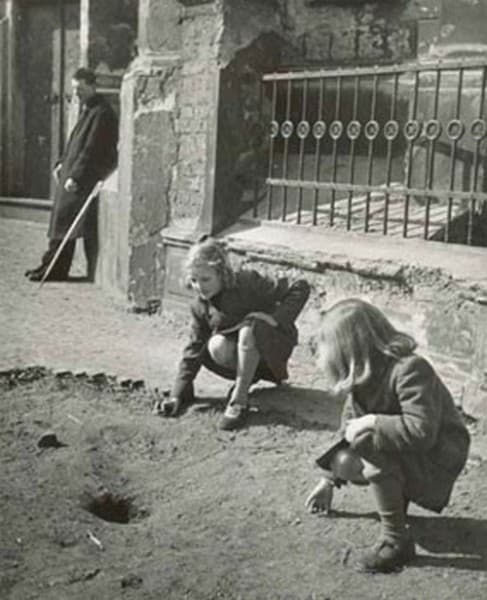
«Pulling» could be as follows: if after the shot your bit was close to the bit of another player (i.e., he could, by stretching his fingers, touch someone else’s bit with one finger while the other touched his own bit), then the one who was «pulled» had to put a unit bet (for example, one kopeck) into the pot.
There were also variants of «pulling»: if the bits hit each other, the «pulling» was multiplied by two (2 kopecks), and it did not matter how far after that the bit flew away. And if the bit after throwing covered the opponent’s bit from above — by three (3 kopecks).
Thus, as the game, the cauldron was filled with bets. Sometimes coins were piled high. And the one who still hit the bit in the cauldron, and he took all.
39. Square
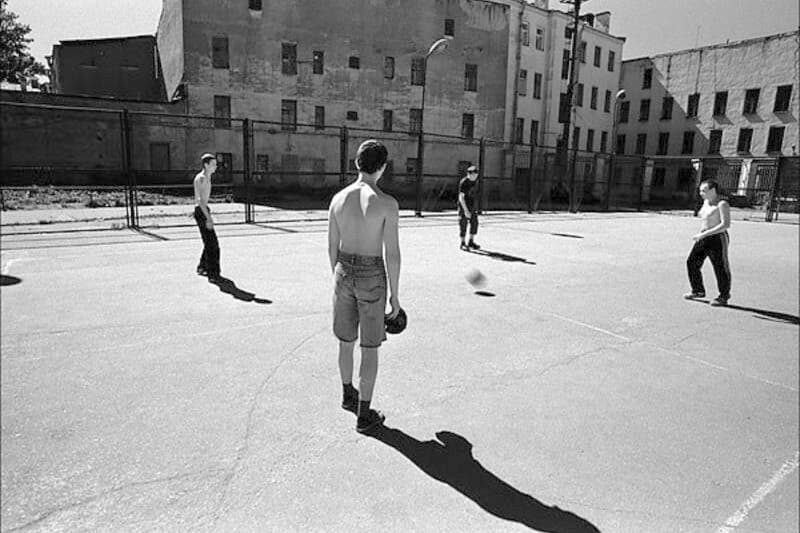
This game in its simplified version is still practiced in soccer schools and at training sessions even by professional soccer players. The game required a ball and a piece of brick (chalk) to draw a square divided into 4 parts on the asphalt, with a circle to serve in the middle.
The game starts with serving the ball into the circle of the field in the direction of the opponent. You can serve only along the diagonal.
The number of touches is not limited.
- A player may kick the ball «before» and «after» (maximum 1) the ball touches his square.
- If a player kicks the ball into his square, 1 goal is scored.
- If the ball falls on the line (between 2 players) or on the circle, the player who touched the ball last, passes.

- If a player serves the ball on the opponent’s line (from the touch side), the player who touched the ball last will be re-sent.
- If the ball goes into touch (outside the total square), the player who served the ball gets 1 point.
- If the ball falls on the player’s square and hits the field 2 times, the player counts 1 goal.
- As a rule, a game is played until 11 goals are scored. You can score goals with any part of your body except your hands.
- If one of the players misses 11 goals, he is out of the game. When 2 players are left on the playground, they take up two squares each and play until one of them concedes 7 goals.
- When playing two-on-two, players diagonally adjacent to each other are considered allies and have a common score.
40. Edible — Inedible.

All players line up in a row or circle. The leader throws a ball to each of them in turn from a distance of 2-4 meters and names something. If it is something edible, the ball must be caught, if not — kicked (or just do not catch). The player who reacts correctly takes a step forward, if he is wrong he takes a step back.
The leader tries to confuse the player, for example, by saying «apple — melon — carrot — potato» and then suddenly says «iron». The fastest thinker, not once in a round (i.e. when the ball has been thrown to all players), who does not fall for the trick of the water, becomes the water himself.
41. Stander (Stander Stop, Gawker, Stop Ball)
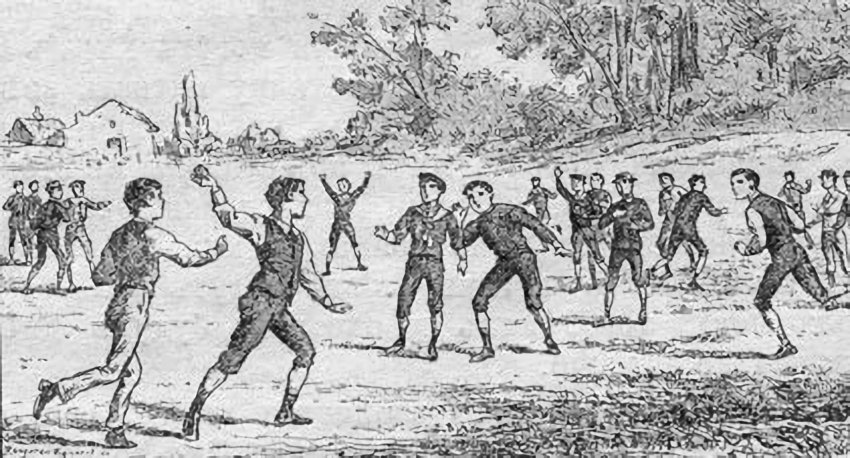
Perhaps the oldest of the games in this ranking. It was played in Europe as early as the 18th century. The word «Stander» according to some versions came from the German Ständer! — «Freeze!».
Players are in a circle at a distance of a step from the leader (the center of the circle may be designated in advance, for example, with chalk). The leader is holding a ball. Throwing the ball high up, the leader calls the name of any player. Whoever he called should run to the center of the area and catch the ball. The leader takes the vacated place.
If a player catches the ball, he becomes the leader and the actions described are repeated. If the ball manages to touch the ground, the players run in different directions until he picks up the ball and shouts «Stander!» (or «Stop!»). In this case, everyone freezes at the place where the team caught them, and the vodA must hit the player with the ball.
Players are not allowed to leave the place where they stopped (turning away from the ball without taking your feet off the ground is allowed). The leader is also not allowed to leave the center of the circle to throw.
The one who is hit becomes the leader or is removed from the game by prior agreement. The game is on a roll, that is, as long as the last four players are left. They are considered the winners.
42. Higher Feet Off the Ground (Kwach)
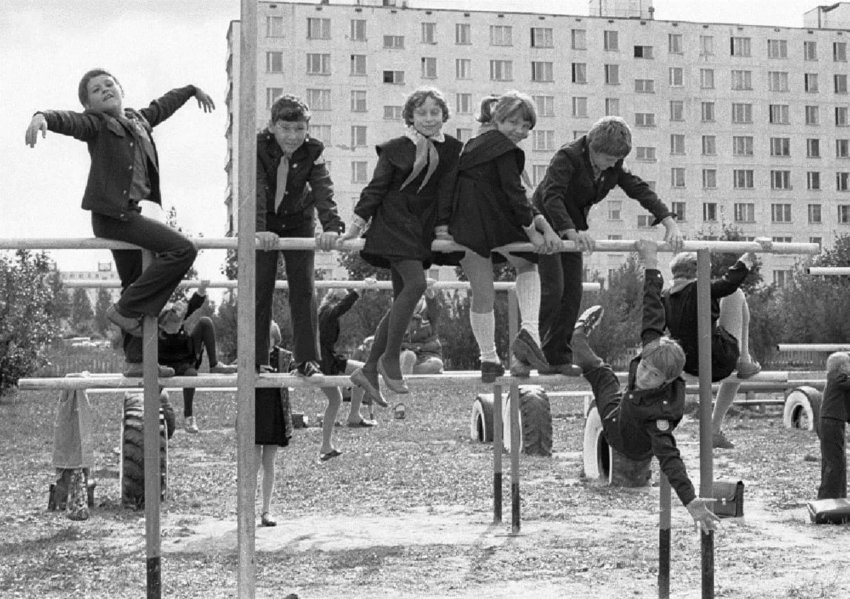
The game is a variant of catch-up (salki). The best place to play is where you can hang on something or climb on something. In the game you can’t «bury» those whose feet don’t touch the ground, so players try to climb up, but don’t forget that you can’t stay in one place for a long time.
The first one caught starts to catch the others. For example: the players stand on the windowsills in the school corridor, jump on them on command. Whoever is last is the quack.
His task is to catch up with one of the players and clap his palm, passing him the kwacha. But if a player jumps on a window sill or somehow manages not to touch the floor with his feet, you cannot pass him the kwacha.
43. Hali Halo (Giant Steps).
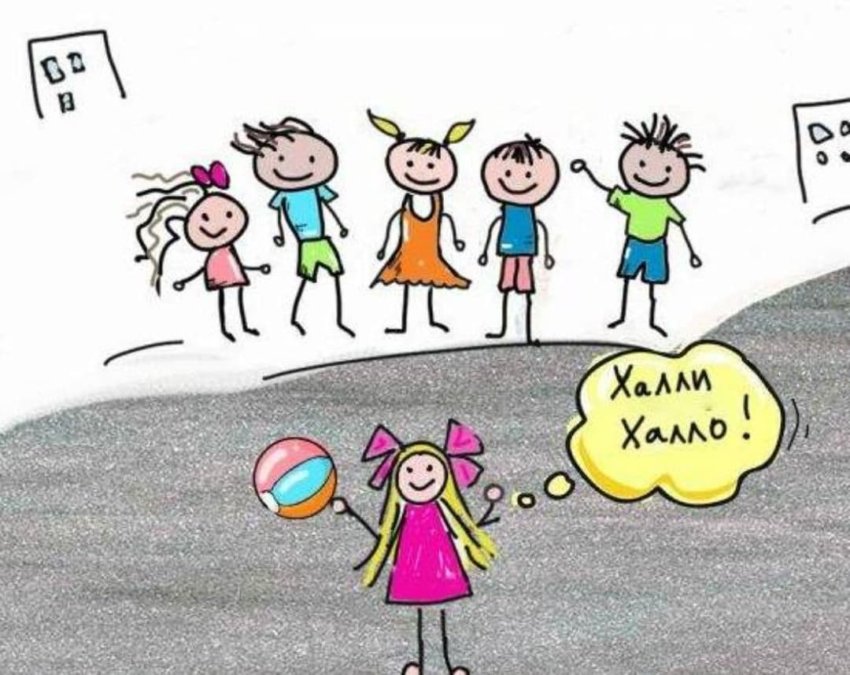
This game is often confused with «Stander,» but it’s not the same thing. Children stand in a circle, in the center the waterman with the ball in his hands tosses the ball and calls the player’s name — «Hali halo (for example) Pasha.» The one whose name was called must catch the ball and everyone else runs as far away from him as possible.
As soon as the player catches the ball, shouts: «Hali Halo stop!» Everyone freezes in place. The player with the ball chooses any other player to touch with the ball. Then names how many and what steps it will take him to reach the selected player.
Steps:
— giant — a full leg span step;
— Human — normal steps;
— Lilliputian — when the heel of one foot is placed immediately in front of the toe of the other;
— Ants — they make small steps on their toes (one step immediately in front of the other);
— Umbrellas — a circle around on one leg;
— duck — steps in a huddle;
— frog — jump;
— Camel steps — you have to step where you’ve spit.
It’s interesting when a player calls several types of steps at once to make it more fun. For example, there are 3 giant steps, 1 umbrella step, 7 midget steps and 2 camels steps. The player with the ball does whatever he or she has puzzled and has to throw the ball in the direction of the puzzled player.
If the player catches or dodges the ball, the leader tosses the ball up again and repeats all over again. If he hits it, the player becomes the leader.
44. Secrets
The game «Secrets» in the cartoon series «Smeshariki».
What you need: a wide variety of small objects of different value, a piece of glass. Number of players: strictly speaking, one. And a narrow circle of chosen ones to demonstrate.
Not so much a game as a fine art. A small hole is dug in the ground. Treasures are placed in the hole — scraps of foil, beads, dead bumblebees, dried flowers and balls of bearings. The whole exposition is covered with a piece of glass and lightly covered with earth.
Everything, the beauty is ready, and now you need to find a worthy connoisseur and whisper in his ear «Do you want me to show you a secret?» and proudly demonstrate your work. Scrapbooking is a pathetic parody of secrets.
45. «Thirty-three» (basketball game).
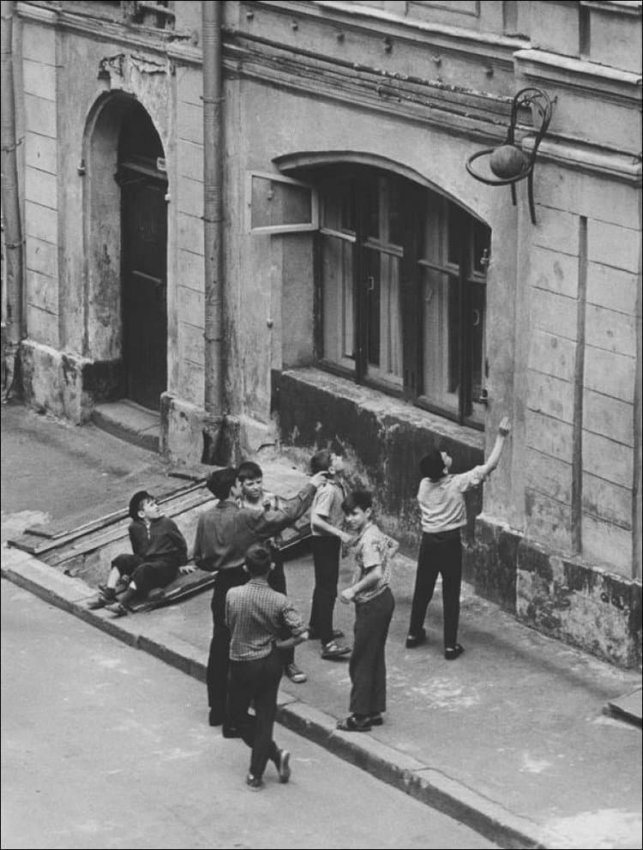
This was played if there was a court with basketball hoops in the yard. The number of participants was not regulated. The main thing was at least two.
Before the start of the game players played a turn by throwing from the six-meter line. The missed player has the first turn and starts the game with a throw from the free throw line.
You throw the ball into the basket, hit it, three points. Next, the next player throws the ball, but from exactly where he caught the ball that bounced off the previous player’s throw. Once a player’s score reaches 30 points, the next effective hits count for one point.

If after a player throws the ball does not touch the board, the net, the ring, or anything at all, the player’s throw is considered a miss. Three points are deducted from the missed player.
If, after the opponent’s shot, the ball does not touch anything (miss) and goes out of bounds (out), the next player throws from the point of free throws in basketball. It is much more difficult when the ball hits either the ring, the net, or the board and goes into touch. Then the next player shoots from the line of touch where the outgoing ball crossed it.
Repeat until someone has scored 33 points.
46. Store
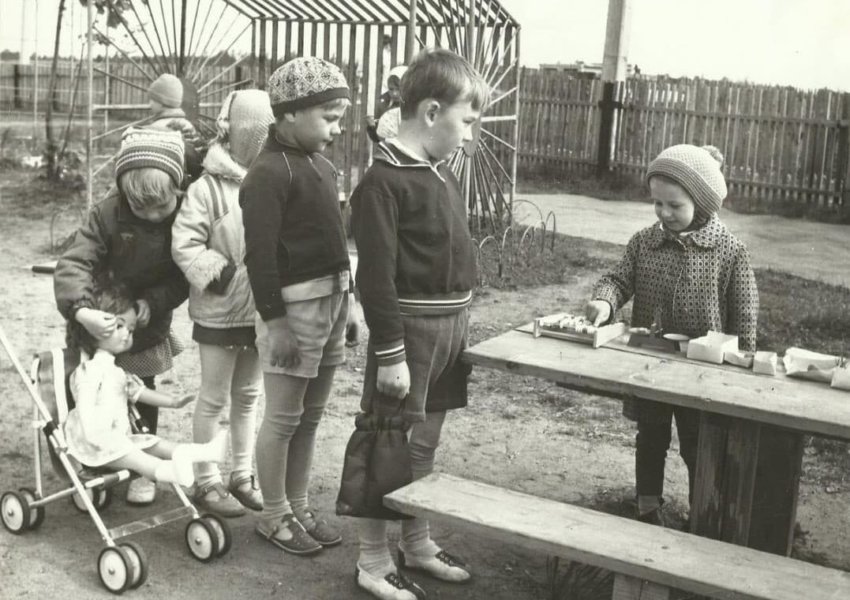
There was such a board game, but also the youngest inhabitants of the Soviet yard played «store. It’s very simple — it simulates the work of an ordinary store with «goods», «money» (that could be anything, such as candy wrappers), customers and a salesman.
Soviet children could not imagine a store without lines, so it is simulated as well.
47. «Playing for Ass»
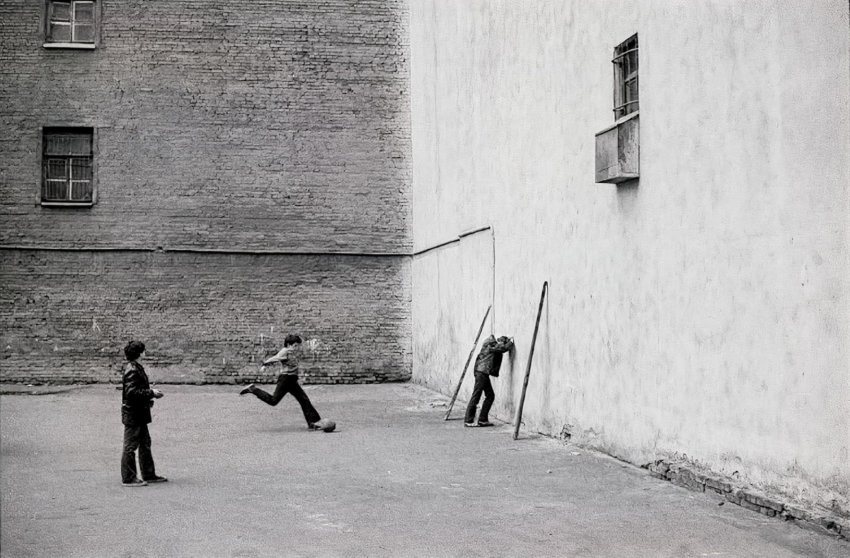
Not exactly a separate game, but an element, an important part of many backyard games — payback for losing. «Kick ass» meant that the losing team stood up (often against the wall), sticking their heel out, while the winning team tried to hit it with the ball as hard as possible.
Sometimes they also carried the «egg» — the ball was clamped between the knees and so had to go a certain distance, saying: «I’m a penguin carrying an egg, over my ass to the porch. If the ball slipped out, you either had to go back to the beginning of the distance or let yourself be kicked in the «ass» of each participant in the game.
48. Pristenok — Сlose to the wall
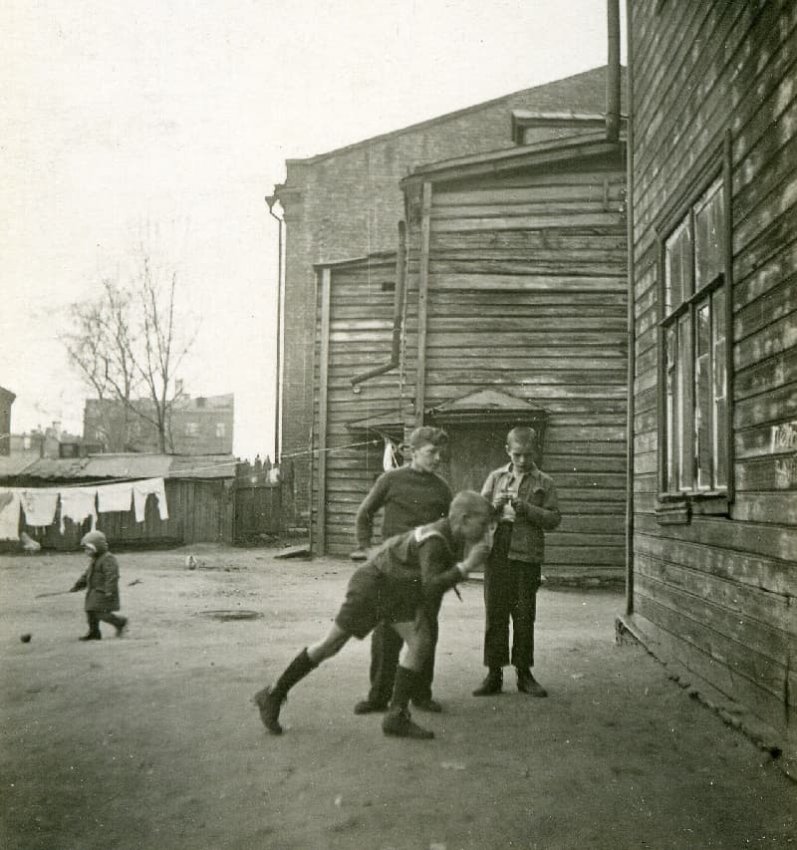
Priestenok is a game of coins of equal value. One player hits the wall with a coin, after which it falls to the ground. Another player also hits the wall with a coin, trying to get it to fall as close to the first player’s coin as possible.
If the coin is close to the first coin, this proves a «pinch» as in the game «Cauldron» (see), then the second player wins the first player’s coin. If the coin hits the first coin, the player who flipped it gets twice as much.
If the coin falls far enough away from the first coin, then the turn passes to the next player.
Pristenok — a fragment of the film «Lessons of French», 1978.
There was a version of the walled game — «Chica» as close as possible to the game «Cauldron. At a certain distance from the wall dug a hole where players put their coins. Then you had to hit the wall with a lead bat so that it hit the hole and covered the coins.
Another nuance. The opponents’ fingers can be of different lengths, so one player may have an advantage over the other. To avoid this, before the game begin, put the fingers of the hands to each other and decide which fingers to measure the distance between the coins on the floor.
In principle, you could also play on bottle caps or badges, but that’s certainly not the case.
49. The third extra.
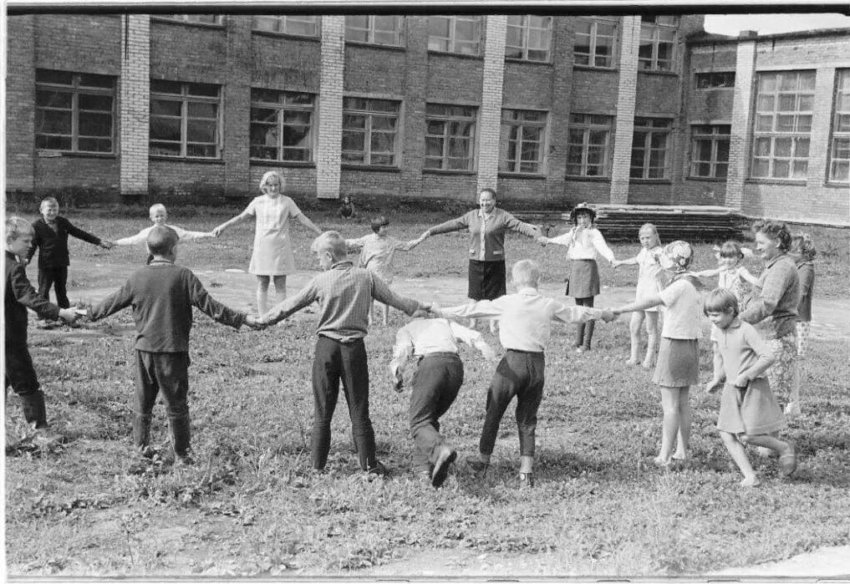
A game whose name has become a saying. There must be an even number of players. Boys and girls play together. Age — from eight years old, just try to make it about the same.
The aim of the game is for the leader to catch up with the fleeing player, and for the runner to be able to run away in time and swap with another player. Participants are in pairs in a circle. One is behind the other and both face the middle of the circle. A circle of two rows is formed.
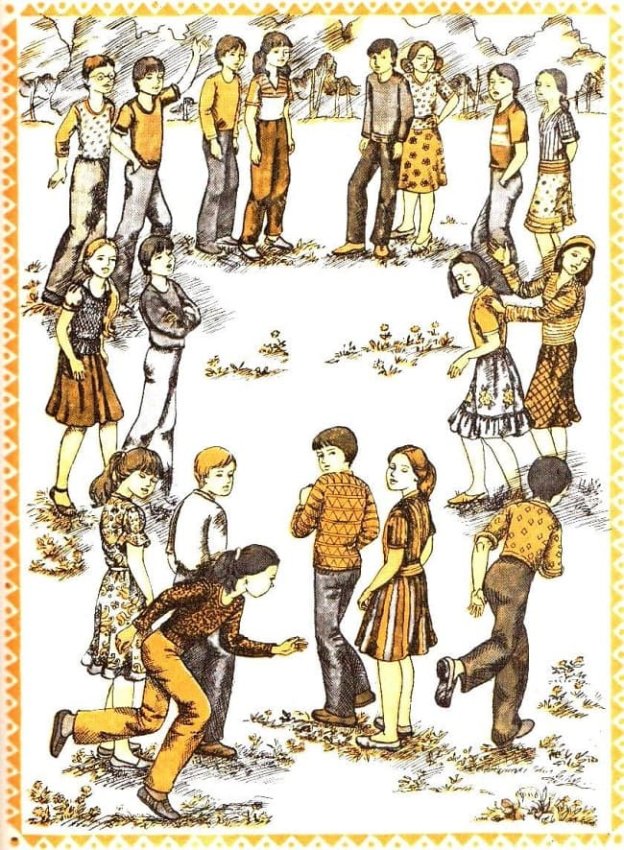
Choose one «chaser» and one «third extra» to run away. The chaser goes into the center of the circle and the «extra» player is outside the circle. At the agreed signal the chase begins. The point is that one should not run away from the circle, should not touch the other participants and the runaway cannot run through the circle.
At any moment, the «third extra» can stand in front of the pair and call out the phrase: «Three is enough, two is enough» or simply «Third extra». At this point, the one who is in the pair behind, should be on time to think and switch roles with the fleeing player. Now he will have to catch up with him.
Only two participants can run. At the same time, if the runaway is inside the circle, he must necessarily join a pair and exchange roles with one of the players.
The «chase» may not run between pairs, but has the right to «freeze» the player who should change the runner if he did not have time to run after the cry «The Wrong One». The chase ends the moment someone is caught up. Then the «third extra» becomes the «catch-up».
If there are few players, it is possible to make not two circles, but one, as in the top photo.
50. Street soccer and hockey
Sure, hockey and soccer are sports, but it’s impossible to imagine the Soviet yard and the lives of children of that time without them.
Backyard soccer, according to Wikipedia, is a series of informal types of soccer that do not conform to the generally accepted requirements and principles of the game. Variation in the game is varied and is established according to the circumstances and verbal agreements between the teams.
The general rules are the presence of players (the number does not matter), the ball, the playing area (can be either fenced and permanent or just part of the roadway), special or improvised goals (possibly without a certain height).
«Will Vitya come out? Can he drop the ball?» — That’s how most games started. The younger kids played with the rubber one. Older kids also played with it, but then it became a «painful» tool. In general, we needed a leather one. They were sold, by the way, a rare commodity in the USSR, the shortage of which was not felt. But they were quite expensive. So the owner of a soccer ball automatically became a figure of authority in the yard.
But now the ball is taken, you can start… The most important thing in this action were the rules. They were interesting, the more so that there was no point in describing the game. Soccer is soccer.
Sometimes there were inter-yard games and even whole tournaments between yards. It is also worth noting that street soccer was also played in the winter.
Backyard hockey, unlike soccer, had two types. Playing in a box on skates with a goal was, if I may say so, an elite division. It happened, and quite often, but where the box and the ice were in it. But if, as in most cases, it did not exist, street Soviet children’s hockey was very different from its professional counterpart.
Conclusion
And to conclude, now an easy quiz on the knowledge of children’s backyard games of the Soviet Union. Find them in this picture. It enlarges by clicking.
Hint — there are a total of 19 actions taken by Soviet children in the 60s and 70s of the 20th century during backyard walks. Of these, 16 are games.
The author of this text does not know English. So if you would like to clarify details or suggest your own translations, please leave comments under this Facebook post.
